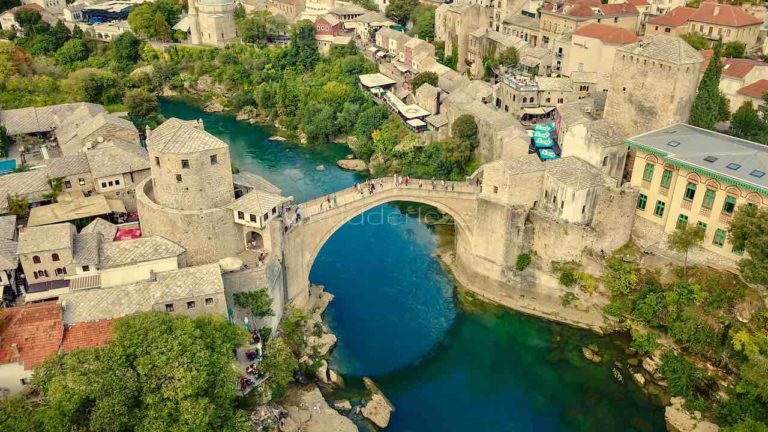A Spectacular 2 Days In Sarajevo
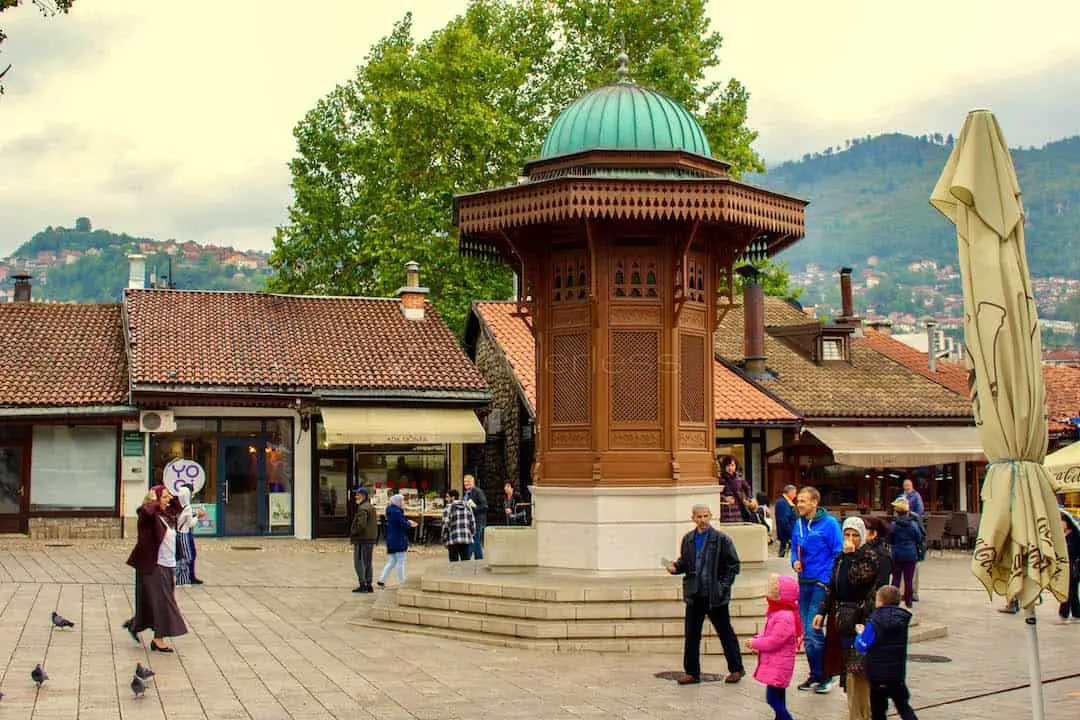
Something here is very different.
I’m not sure if it’s the bullet holes I saw in the buildings on the way from the airport to the city center but I feel unsettled.
Suddenly, those bullet holes come to life, new ones being made, smoke emanating from them and mothers running with their children trying to seek shelter.
Those were the stories a colleague of mine would share when you ask her why she’d get so anxious at times. Stories of trying to get out of a building that is being fired upon with her kids in tow.
I thought while driving by – Was one of these buildings the one she was trying to escape from with her kids?
Stories of not knowing where her husband is or if he’s alive. Stories that have now been immediately put into perspective for me. Some argue that Sarajevo got dealt one the worst hands in the whole Yugoslavian war ordeal but that…was some 20 odd years ago and I got 2 days in Sarajevo to find its beauty.
This article is now available as a mobile app. Go to GPSmyCity to download the app for GPS-assisted travel directions to the attractions featured in this article.What Country Is Sarajevo Located In?
A Sarajevo, Bosnia & Hertzegovina History
- In 1885, Sarajevo was the first city in Europe and the second city in the world to have a full-time electric tram network running through the city, following San Francisco. I’m not sure why I found that fascinating. Maybe it’s connected to my love of trains out maybe I feel like the infrastructure back home in Toronto is like it’s from 1885.
- In 1914, it was the site of the assassination of Archduke Franz Ferdinand of Austria by local young Bosnia activist Gavrilo Princip that sparked World War I. This ultimately ended Austro-Hungarian rule in Bosnia and resulted in the creation of the Kingdom of Yugoslavia.
- Later, after World War II, the establishment of the Socialist Republic of Bosnia and Herzegovina within Second Yugoslavia led to a massive expansion of Sarajevo,
- Sarajevo hosted the 1984 Winter Olympics marking a prosperous new era for the city.
- After the start of the Yugoslav Wars, between April 1992 to February 1996, the city suffered the longest siege in the history of modern warfare leading to the eventual breakup of Yugoslavia.
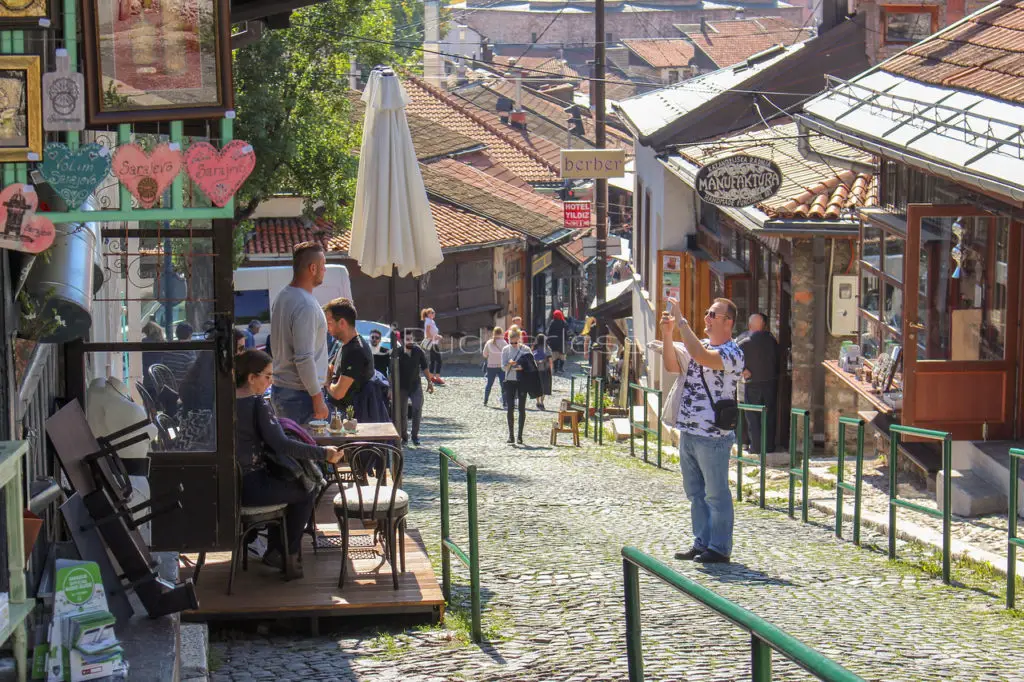
How To Get To Sarajevo
Bus
Sarajevo is connected to many European cities by direct bus lines. The Centrotrans Eurolines bus company (www.centrotrans.com) connects Sarajevo with Austria, Belgium, Montenegro, Denmark, France, the Netherlands, Croatia, Germany, Slovenia and Serbia. Other companies, like Biss Tours and Globtour, also offer direct bus lines from many European cities to Sarajevo.
Train
For some reason travelling by train in Bosnia and Herzegovina is not really all that modern or popular, but is suitable and safe – especially for budget-conscious travellers. Sarajevo is directly connected to the Croatian capital, Zagreb, and, from there, with the rest of Europe. A one-way ticket from Sarajevo to Zagreb costs about 61 KM and a return ticket costs 97.30 KM.
Car
I learned that Bosnia and Herzegovina are in the process of developing a highway system in order to make road travel more efficient. The toll rate for passenger cars is 5.40 KM and can be paid in cash (KM/BAM or EUR) or by credit card.
Plane
The Sarajevo International Airport has located only 12km from the center of Sarajevo. It serves as a connection to many European cities and to the rest of the world through major international airline hubs, such as Istanbul, Vienna, Berlin, Munich, Zurich. The airports in Tuzla and Mostar, both of which are about a two-hour drive from Sarajevo and handle low-cost flights.
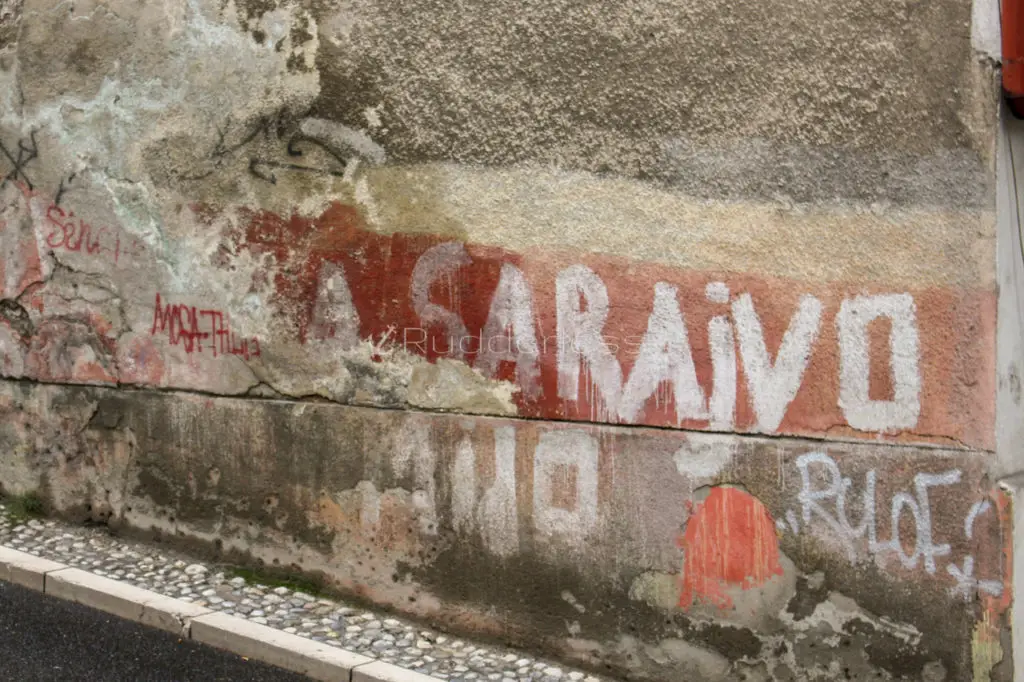
Where To Stay In Sarajevo
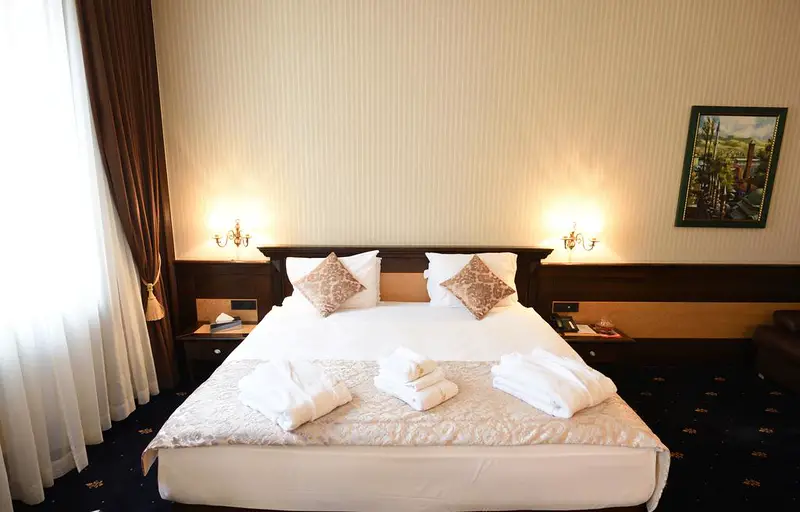
Hotel Europe
This hotel is one of Sarajevo’s top attractions. It is a five-star historic Sarajevo institution that was founded in 1882 and brings together the Ottoman and Austro Hungarian design styles.
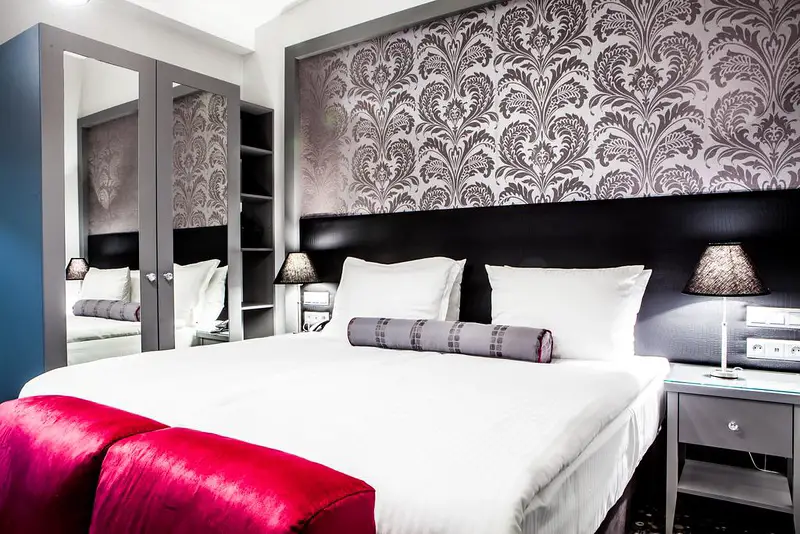
Boutique Hotel Central
Boutique Hotel Central is one of the city’s classiest places to stay. It’s centrally located and set within an awesome historical Austro-Hungarian building. The hotel prioritizes comfort and offers blah blah blah…
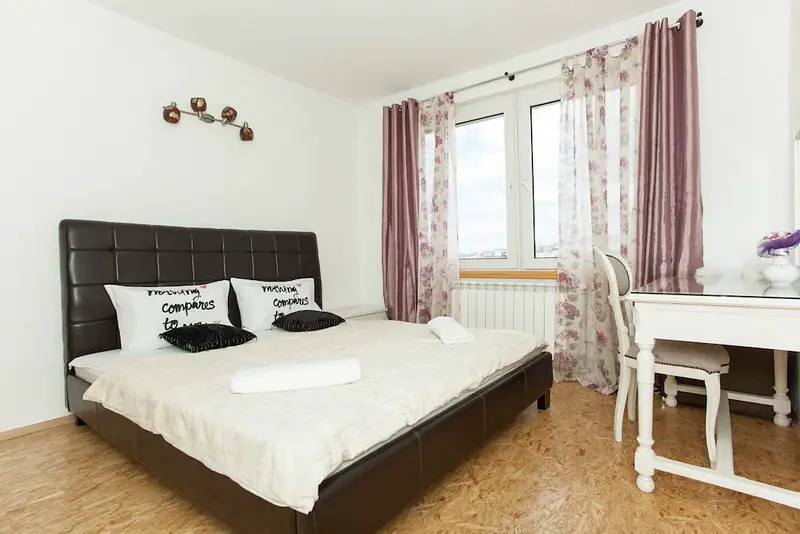
Exclusive Apartments Bistrik
Exclusive Apartments Bistrik is a selection of stylish, self-catered apartments in the southern part of the city. The apartments have two bedrooms and feature a bathroom and a kitchen.
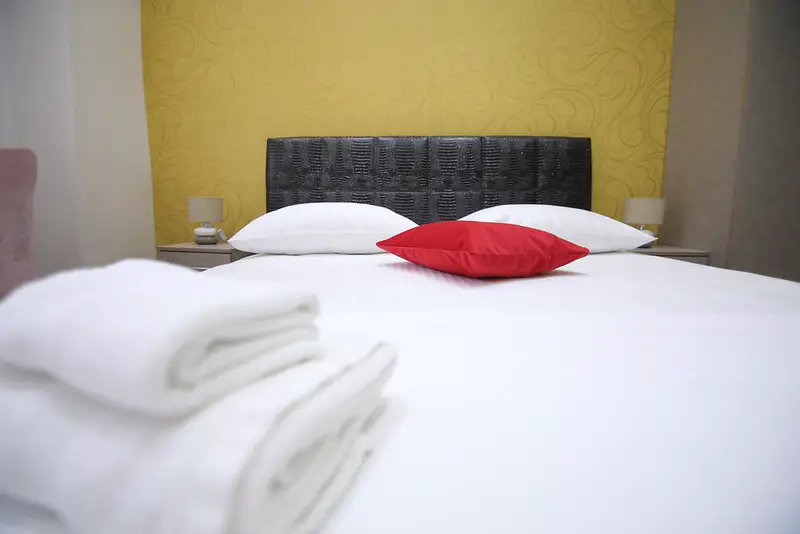
Motel Bejturan
Upon the recommendation of one of Gordana’s friends, I ended up staying here at Motel Bejturan. I’m not going to lie, my room was small – very small, but also very cozy.
Lidija who welcomed me was so friendly.
She spoke with Gordana in their language and assured her I arrived safely. She also made Goga promise to return with me in tow…Sheeesh
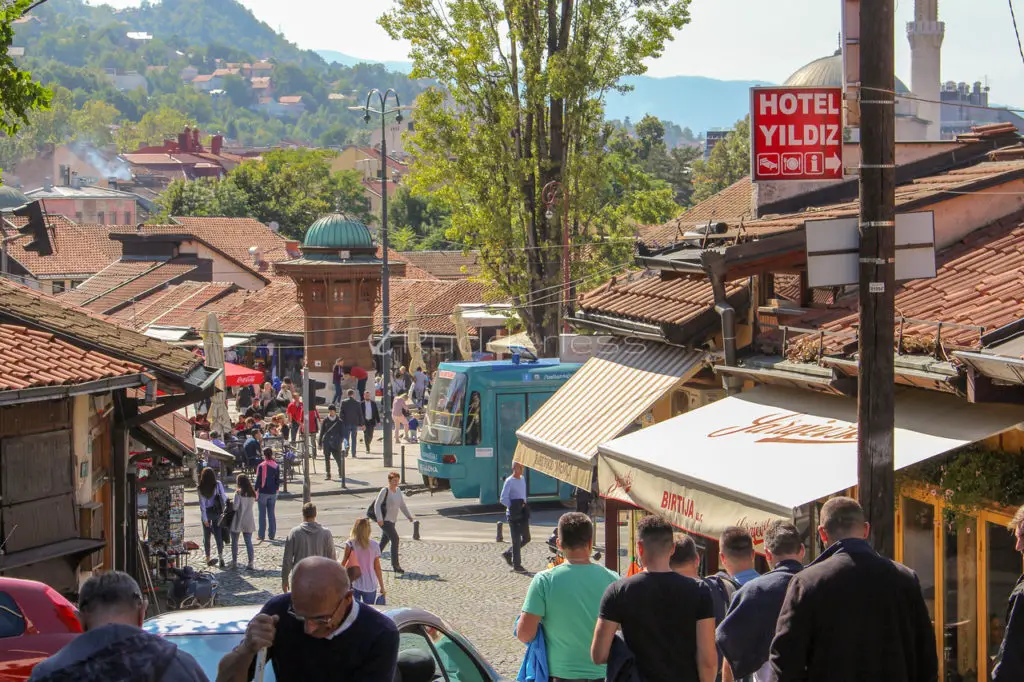
Day 1
Svrzo’s House
Svrzo House is a time machine into Bosnia and Herzegovina’s past. It’s a well-kept house of antiquity that captures the decadence of a wealthy Muslim family during the rule of the Ottoman Empire. It was designed with a wealth of rooms for both living and entertainment. Svrzo’s House has undergone centuries of renovation and is now part of the Museum of Sarajevo.
Gordana has tried to help me say Svrzo but honestly, my tongue just doesn’t want to cooperate.
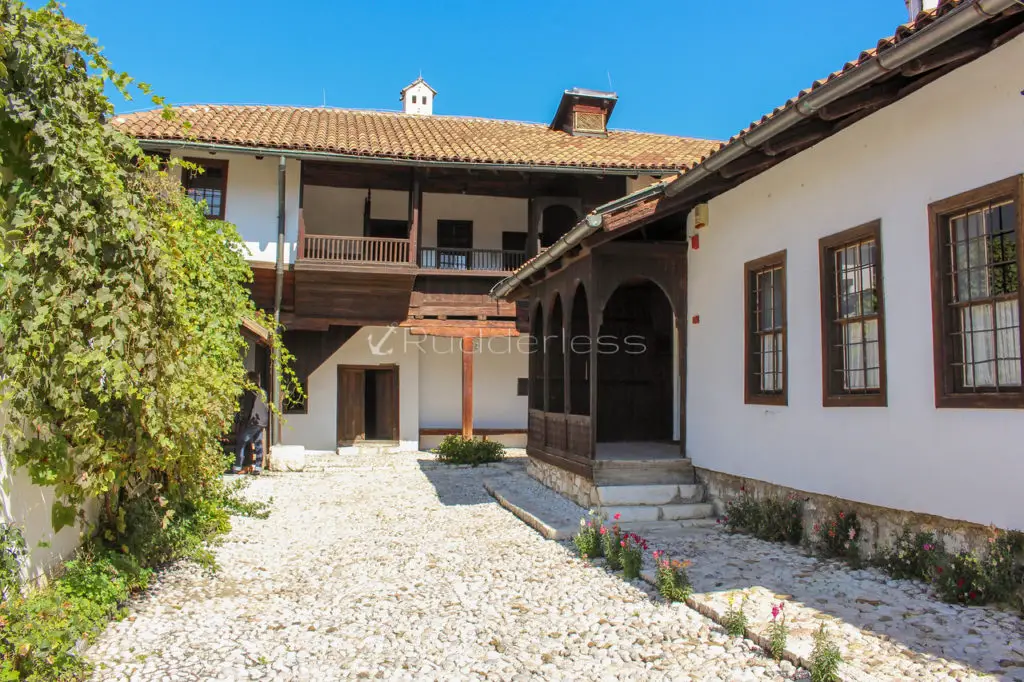
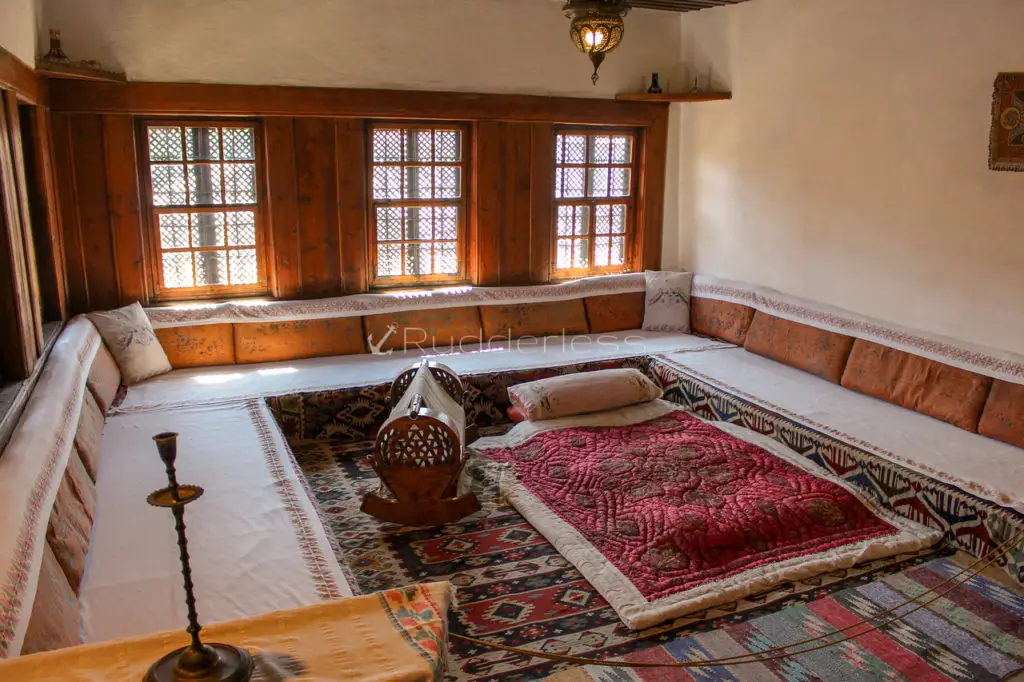
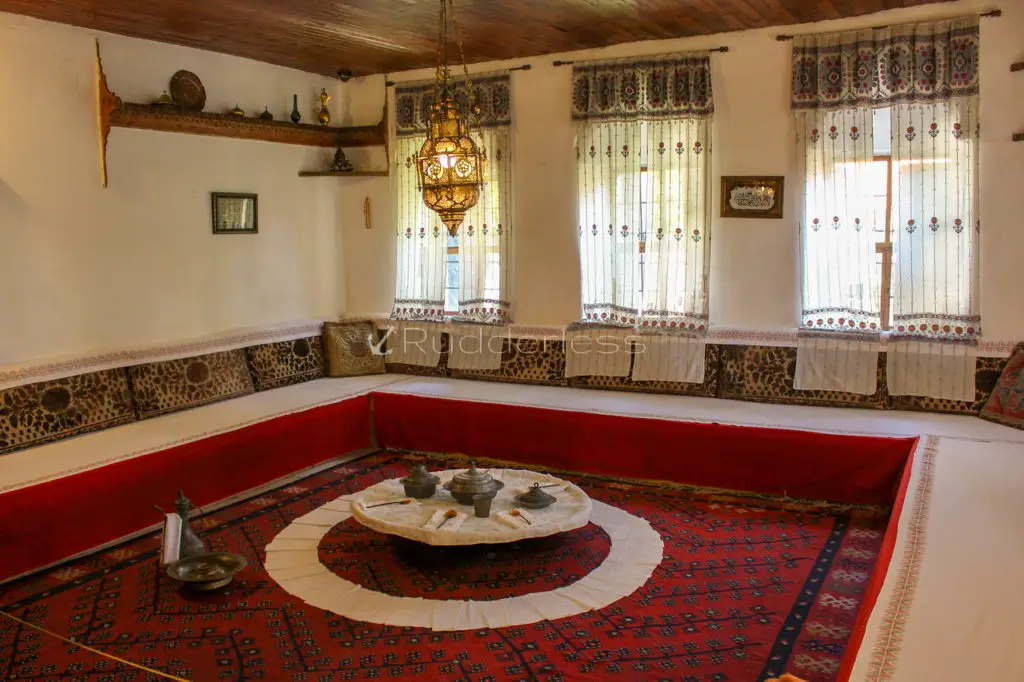
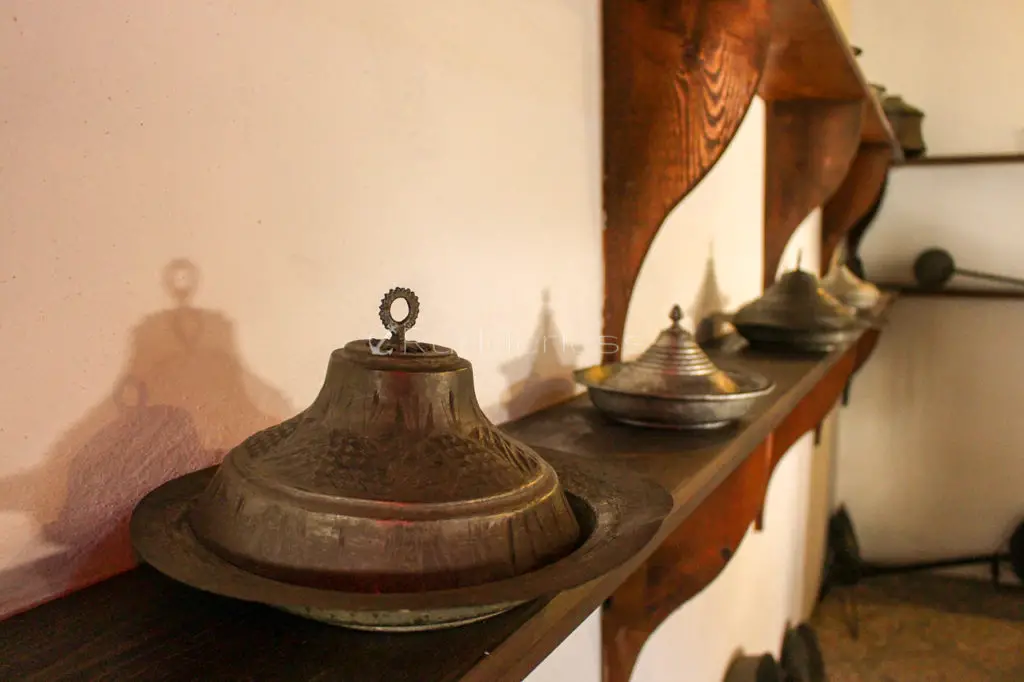
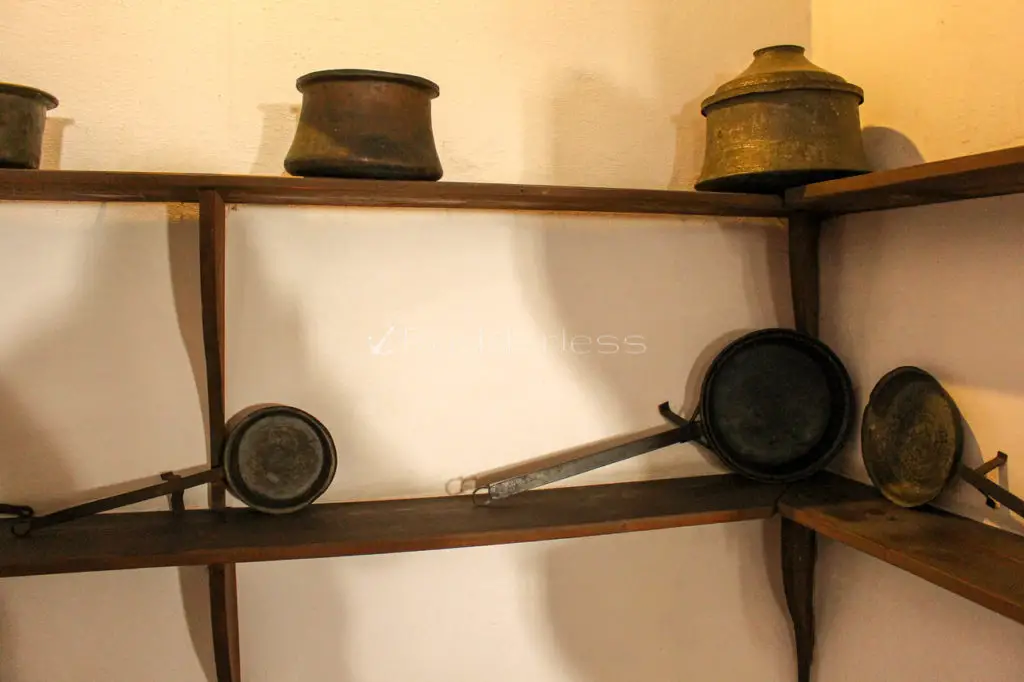
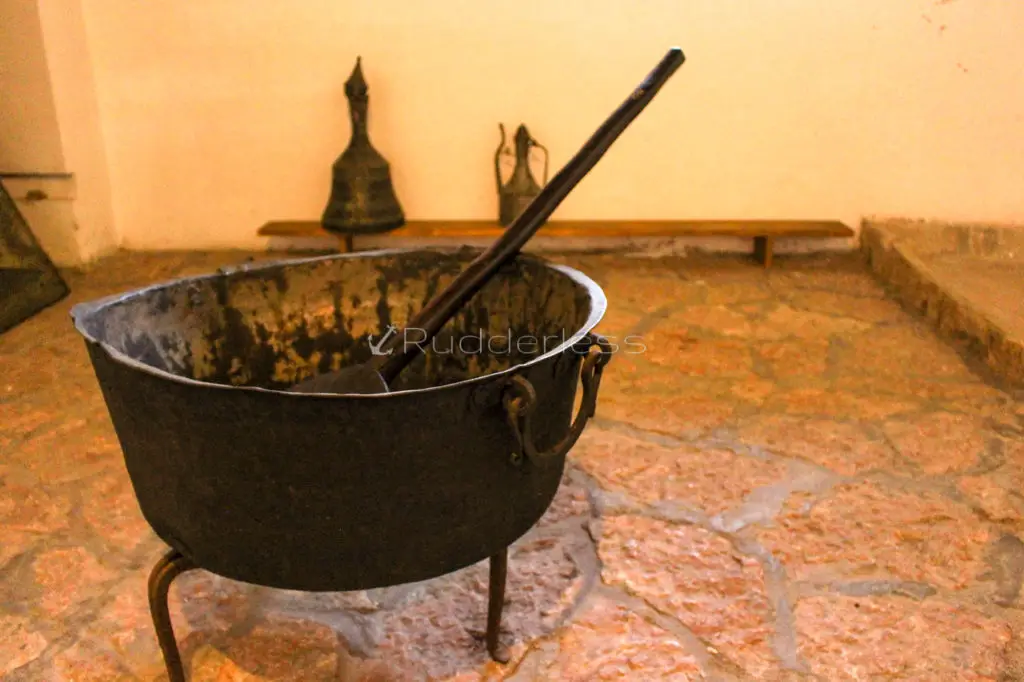
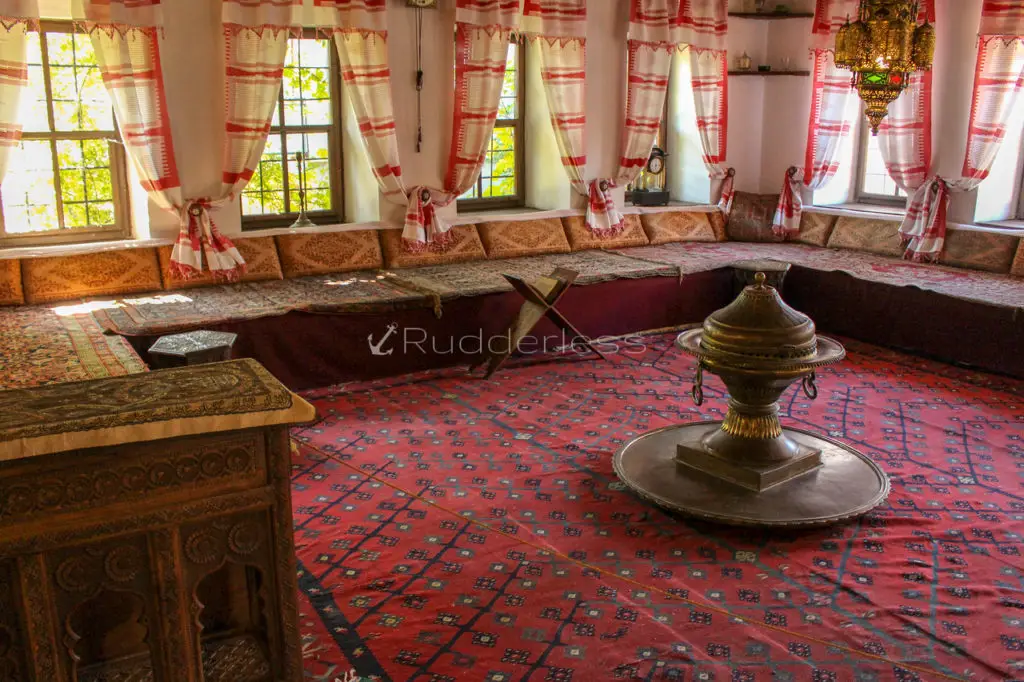
Old Orthodox Church
The Old Orthodox Church dates back to as early as the middle of the 16th century and is one of Sarajevo’s oldest churches. The Old Orthodox Church has its own museum as well as a collection of rare manuscripts – like the Sarajevo Edict of 1307, ancient coins, garments, weapons, and more. The museum was founded in 1889 and is one of the most seminal Orthodox museums in the world.
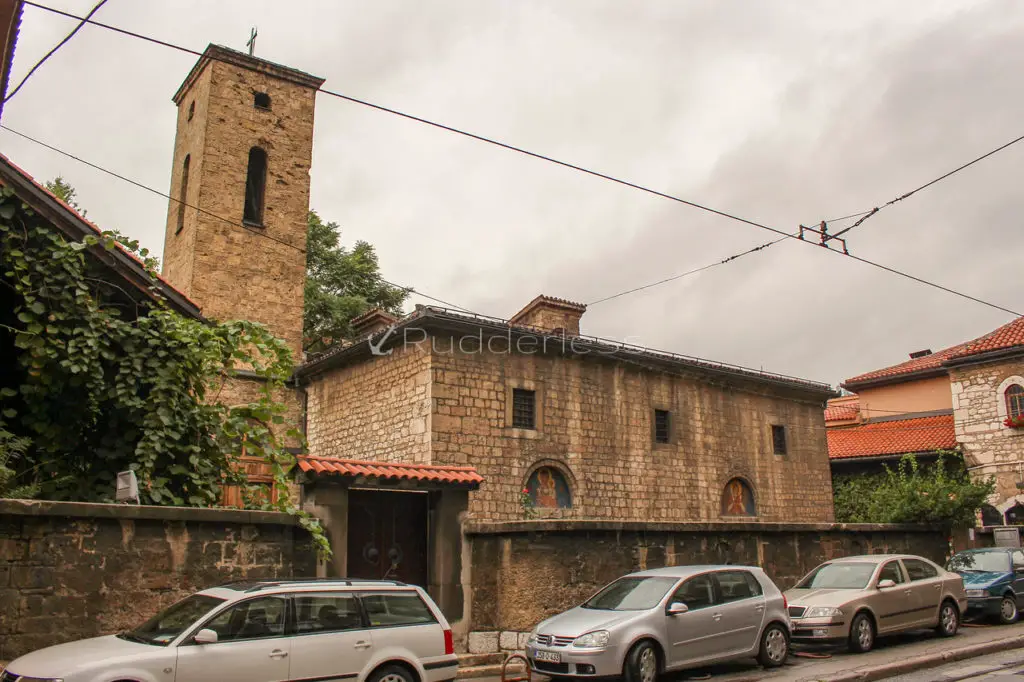
Sebilj
One of the top places to visit in Sarajevo – or at least hang around and feed the pigeons, is the Sebilj. The Sebilj is a wooden fountain located in the center of Baščaršija square. It was built in 1753 by architect Mehmed Pasha Kukavica and according to legend, the Sebilj was brought to Bosnia and Herzegovina by the Ottomans who insisted that state workers use the fountain to dispense free water to thirsty passersby.
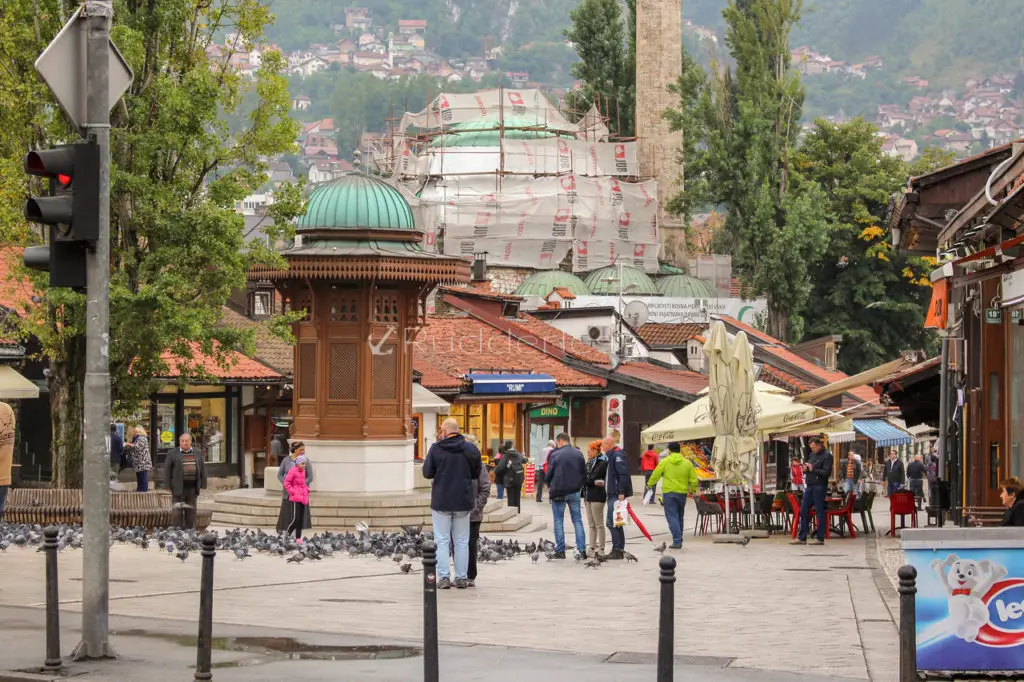
Baščaršija (Old Bazar)
Sarajevo’s Old Bazaar is one of the city’s most popular places where various cultures gather for one main purpose – shopping! This old marketplace on cobblestone streets dates back to the 16th century where vendors from all over would market and sell their goods. What makes the Baščaršija special is the open-air, close-quarter arrangement of the bazaar and its array of local shops and restaurants.
When I look back at the pictures and my videos I really wish I picked up some copper cups and tea kettles to bring back home.
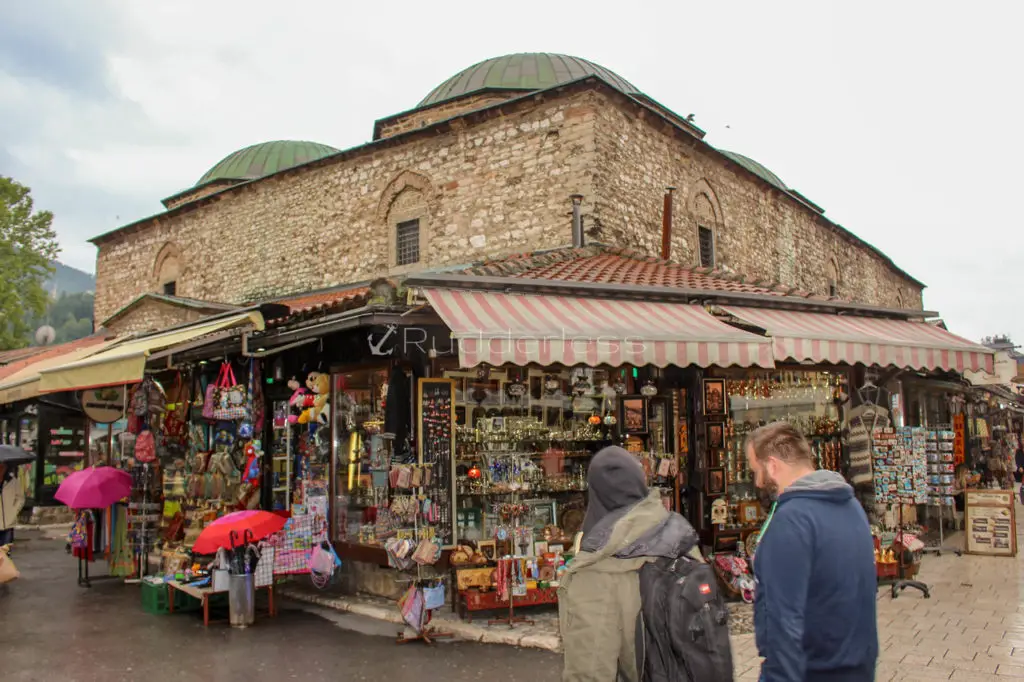
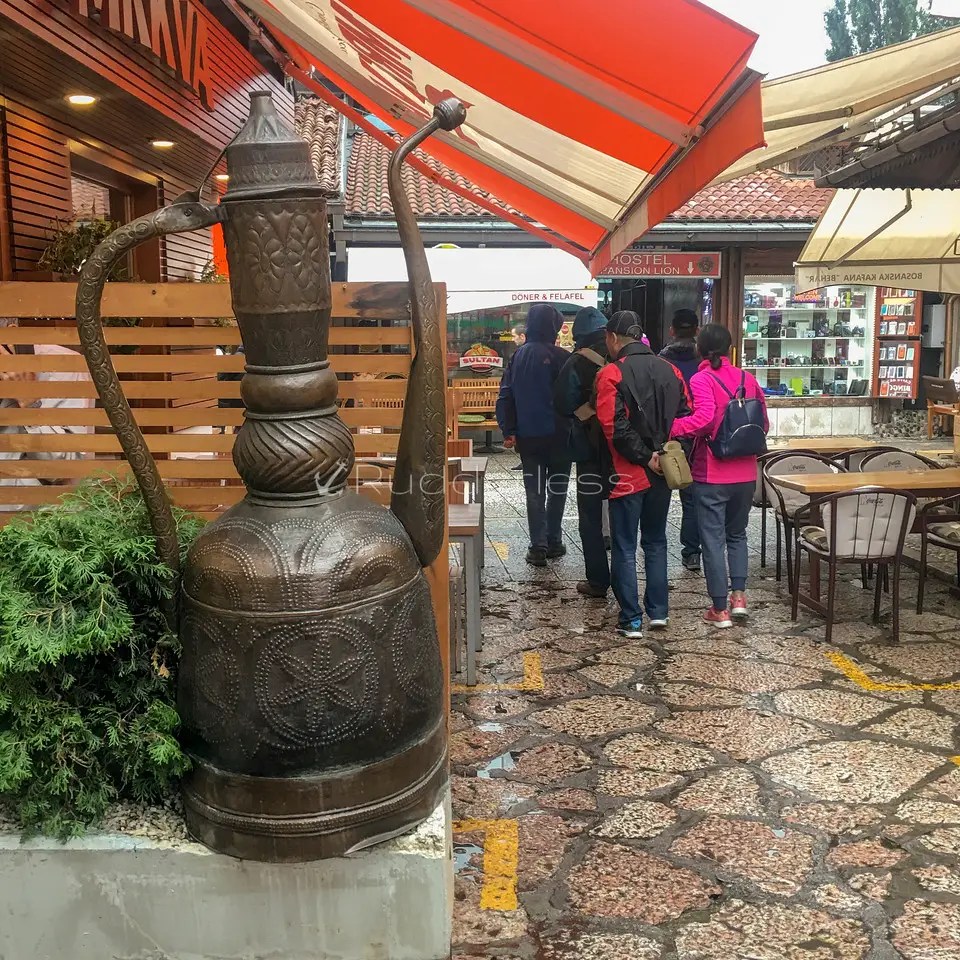
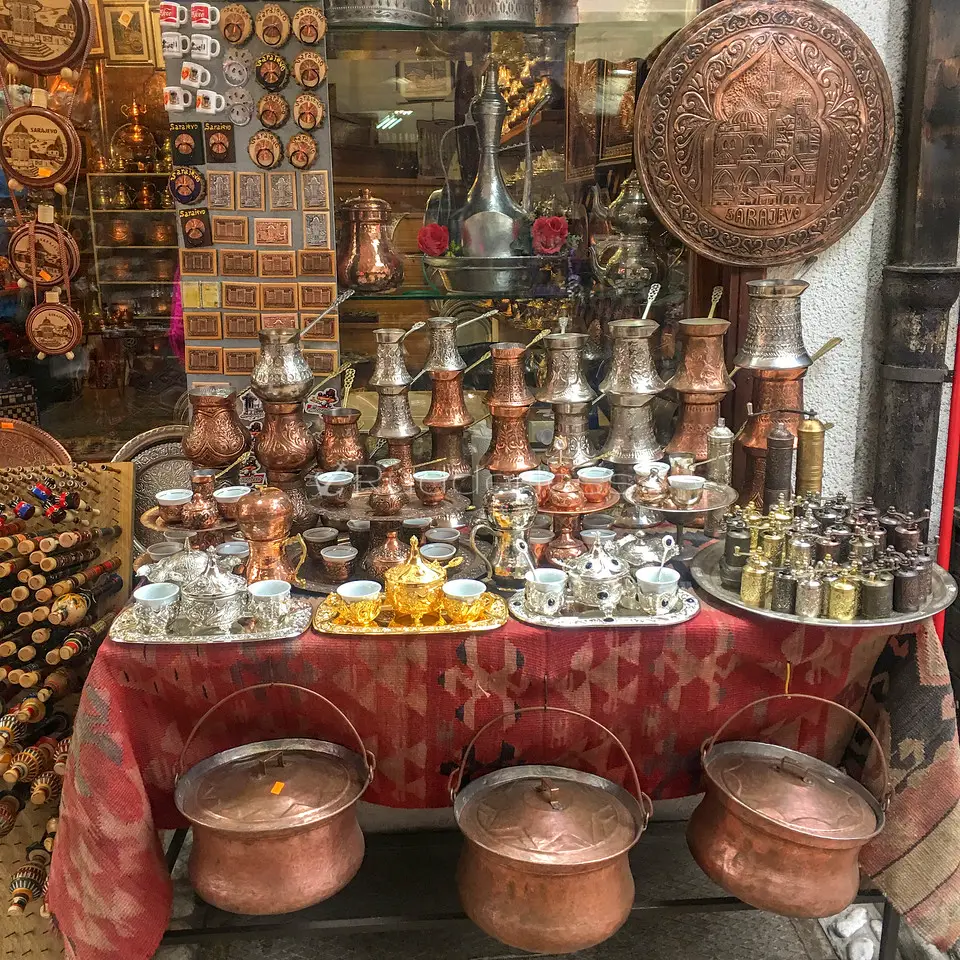
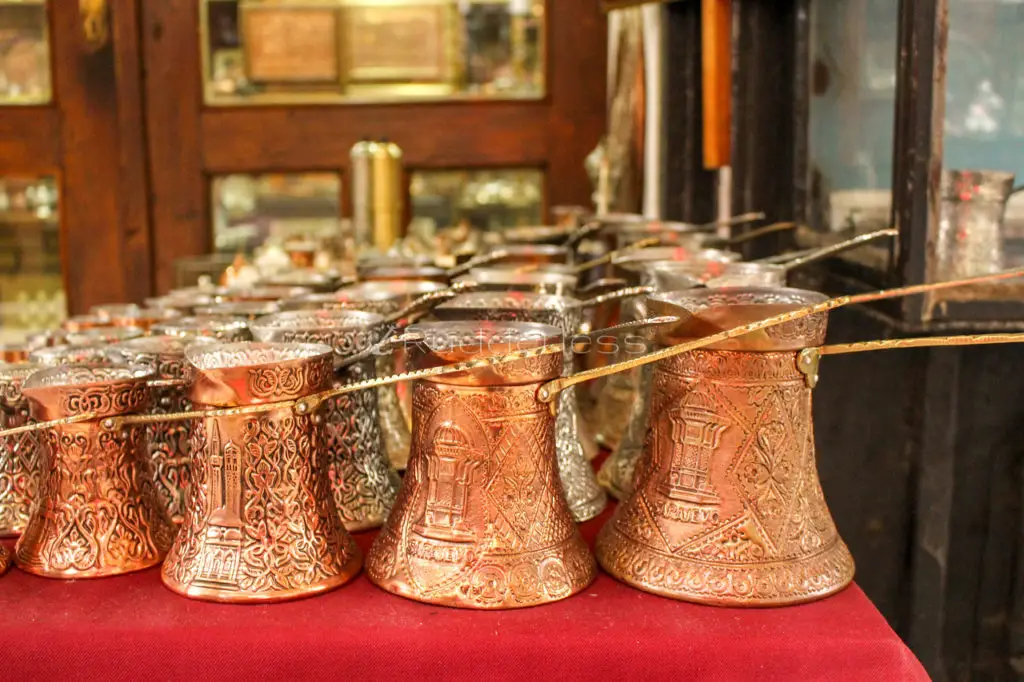
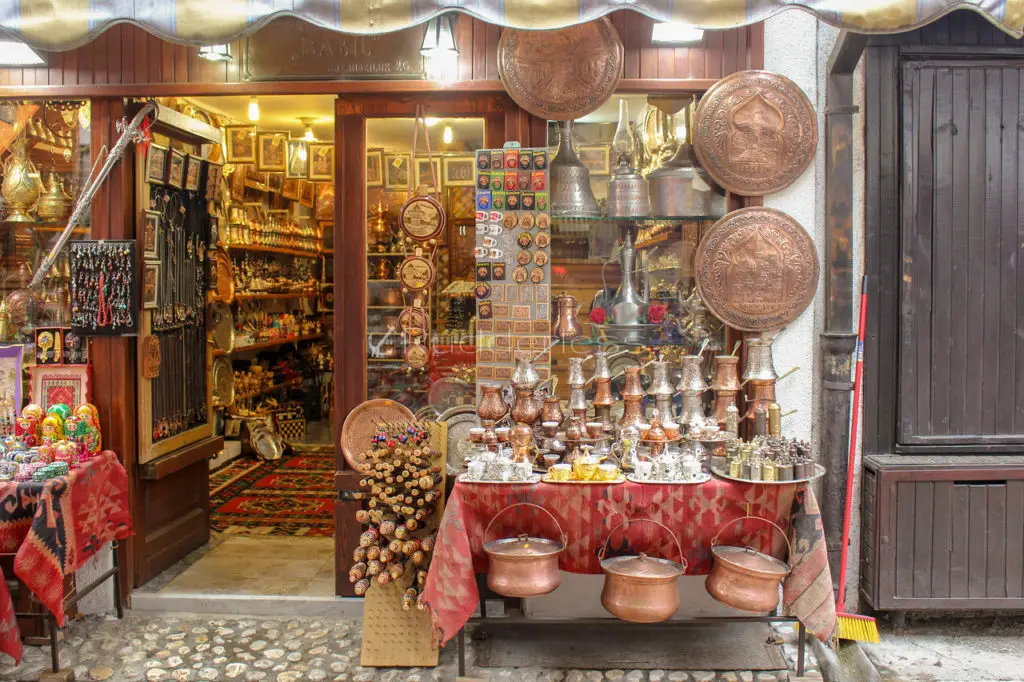
Gazi Husrev-bey’s Hanikah
Gazi Husrev Bey’s is a Muslim house of worship, specifically for Sufism and Islamic mysticism. The building was constructed in 1530 and includes 14 separate rooms dedicated to worship and special ceremonies.
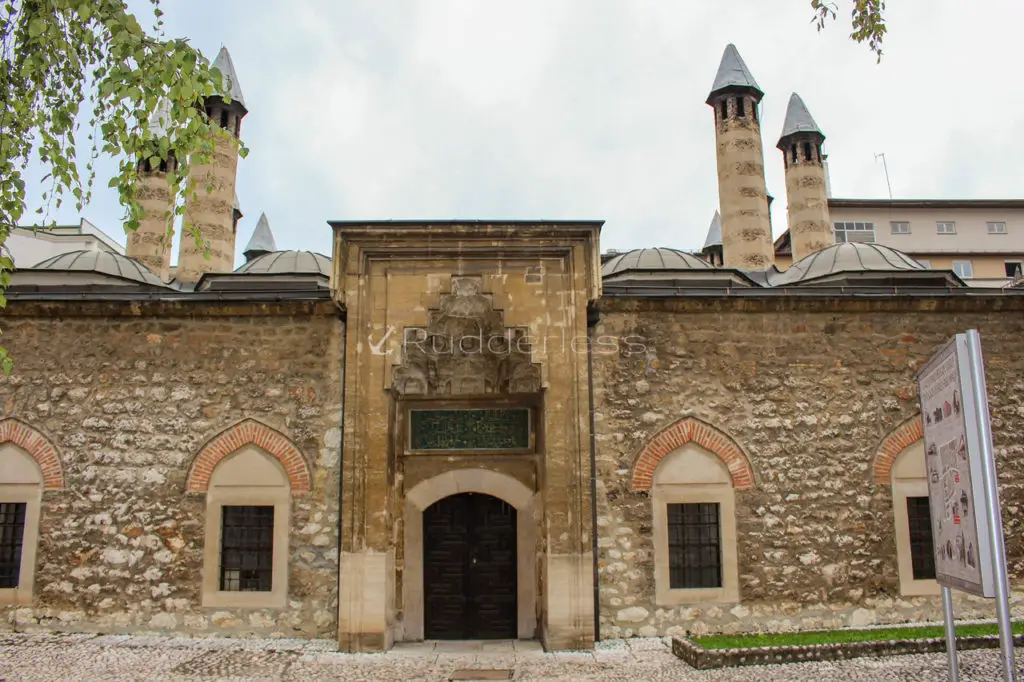
Tašlihan
Tašlihan was one of the three caravanserais (road inns) in Sarajevo. Its two-story structure was used for various purposes including a storage place for goods, a stable for horses, and a resting place for weary travellers.
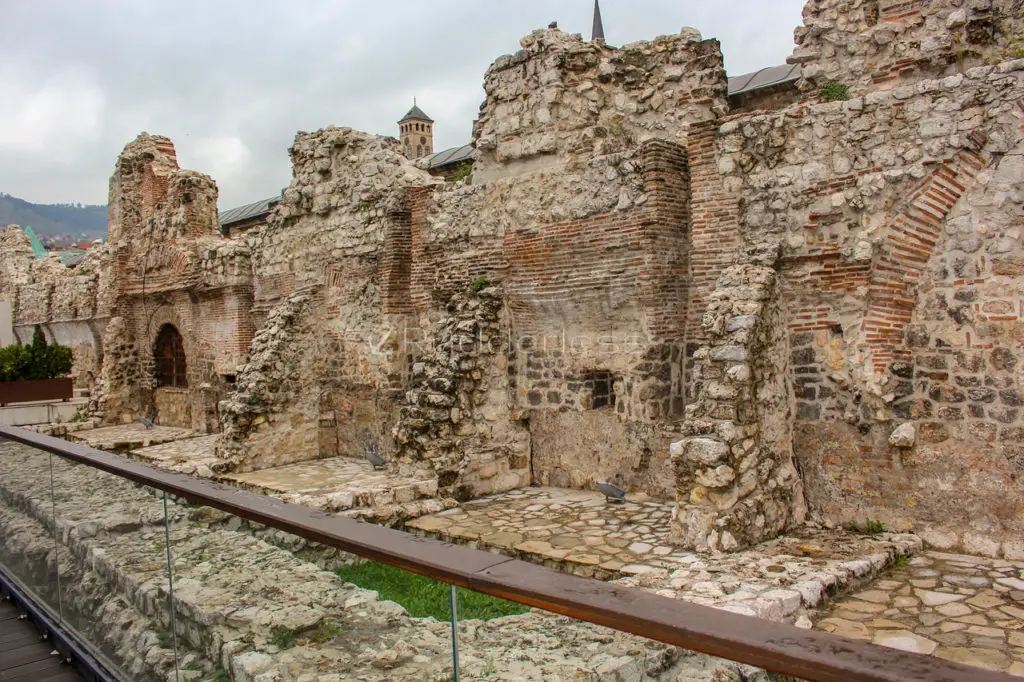
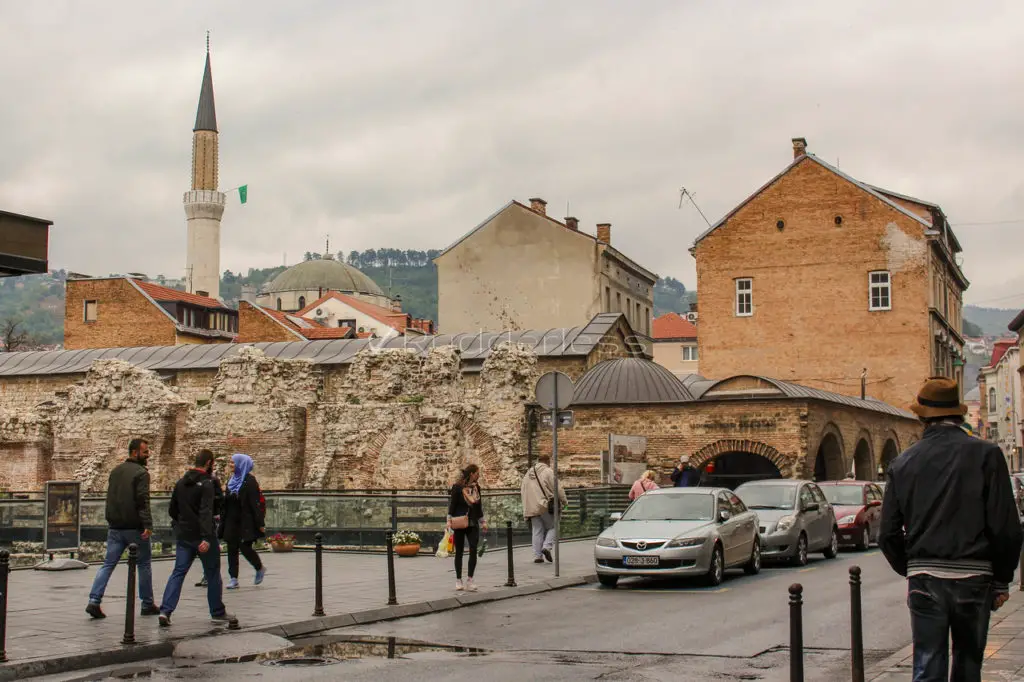
Cathedral Church of the Nativity of the Theotokos
The Cathedral Church of the Nativity of the Theotokos is Sarajevo’s largest Serbian Orthodox Church. Construction of the church began in 1863 and finished in 1868. It is often referred to as the ‘New Orthodox Church in order to distinguish it from the Old Orthodox Church – mentioned earlier.
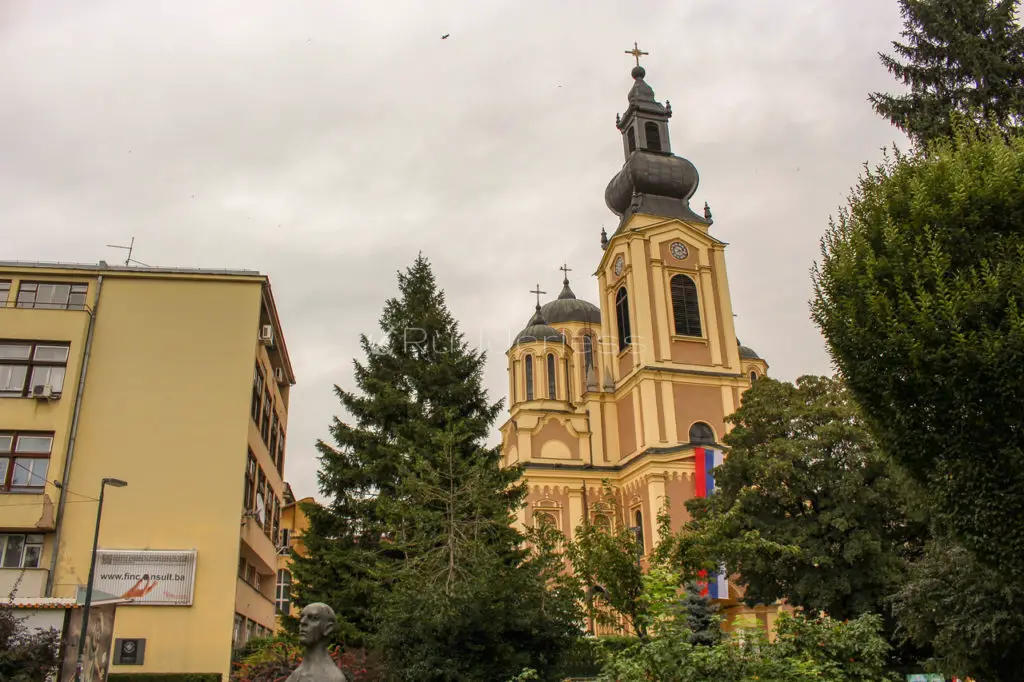
Sacred Heart Cathedral & Pope John Paul II Monument
Sacred Heart Cathedral is the largest cathedral in Bosnia and Herzegovina and was built in honour of the Sacred Heart of Jesus. It is built in the Neo-Gothic style with Romanesque Revival elements. Work began on 25 August 1884 and was completed on 9 November 1887.
The statue of Pope John Paul II stands near the main entrance of the Sacred Heart Cathedral in Sarajevo. The three-meter tall statue was crafted by Croatian sculptor Hrvoje Urumovic to honour and celebrate the life and accomplishments of former Roman Catholic Pope John Paul II.
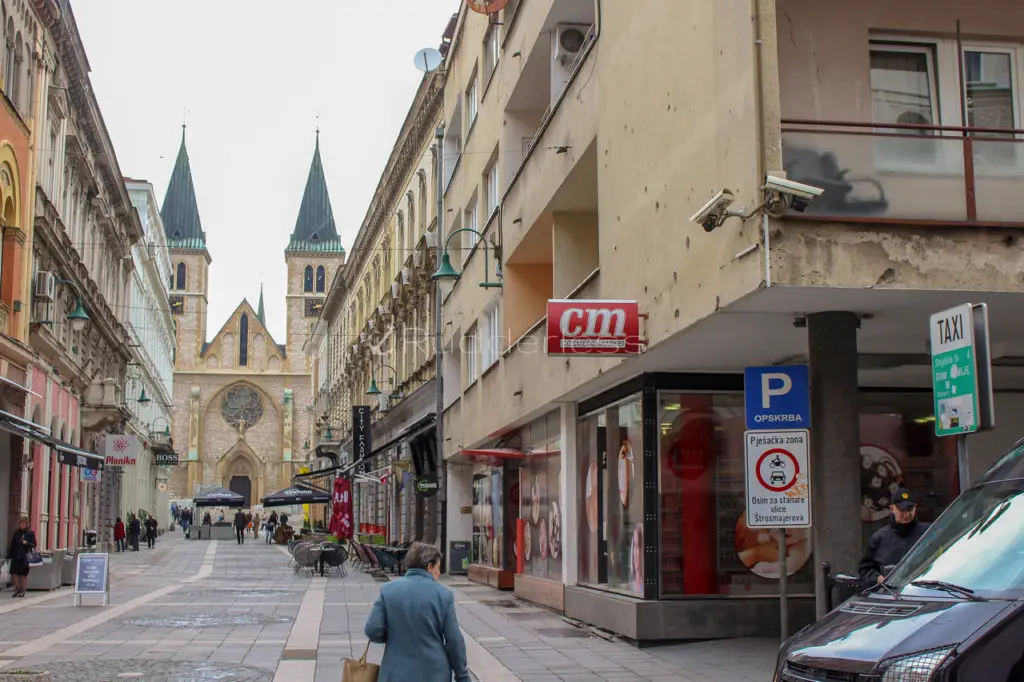
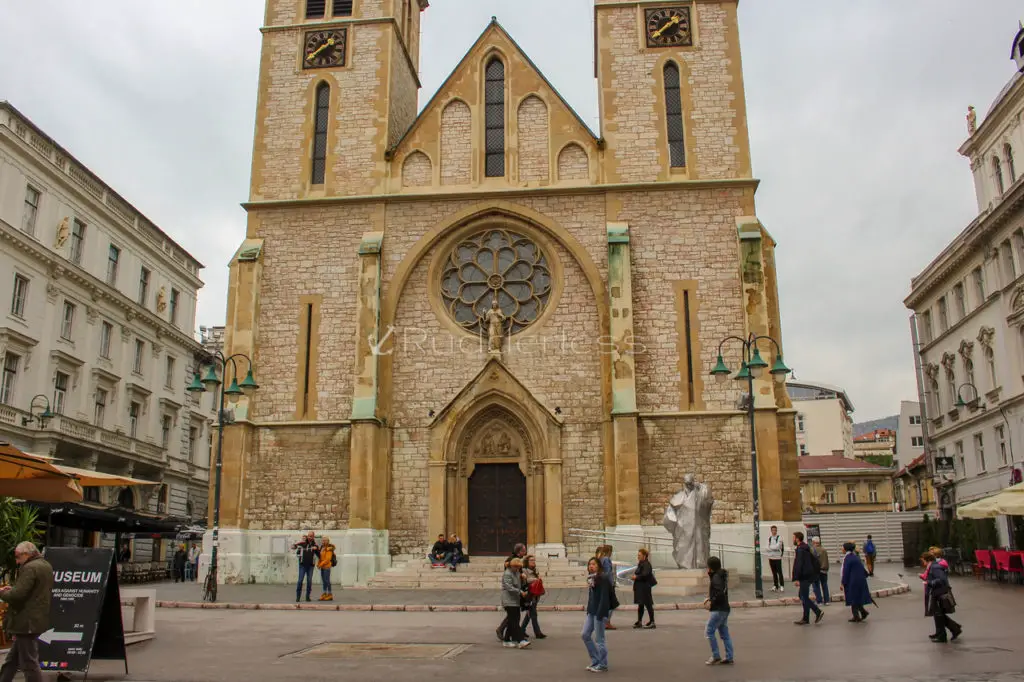
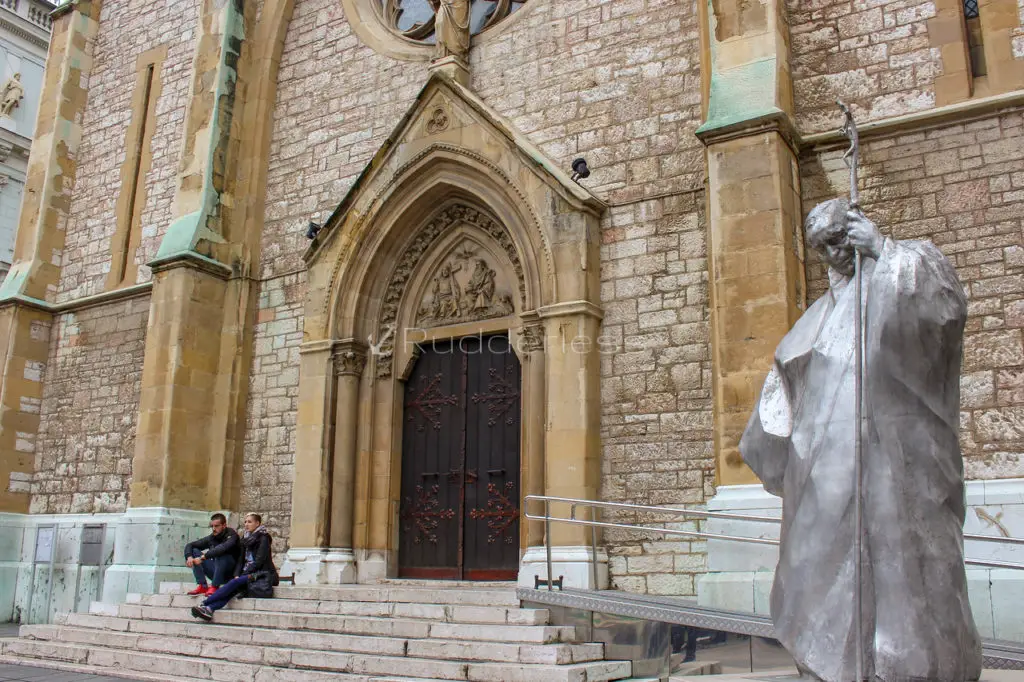
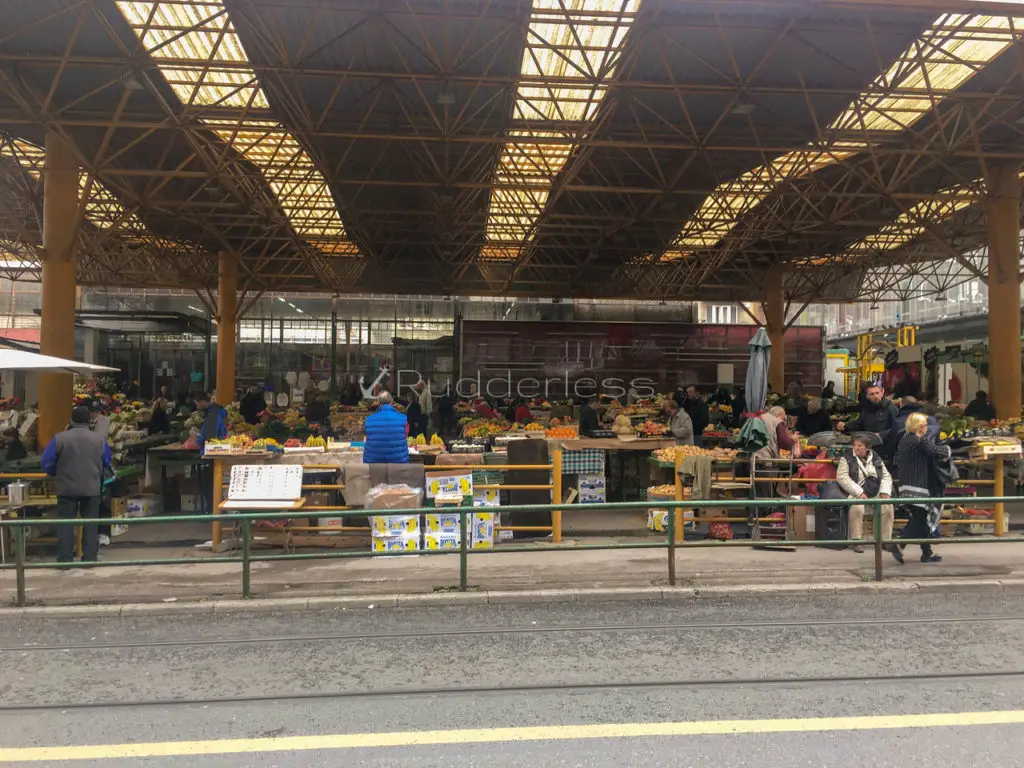
Vječna Vatra | Eternal Flame
The Eternal Flame is a memorial to the military and civilian victims of the Second World War. The memorial was dedicated on 6 April 1946, the first anniversary of the liberation of Sarajevo from the four-year-long occupation by Nazi Germany.
The memorial was designed by architect Juraj Neidhardt and is located in the center of Sarajevo at the junction of Mula Mustafa Bašeskije, Titova and Ferhadija streets.
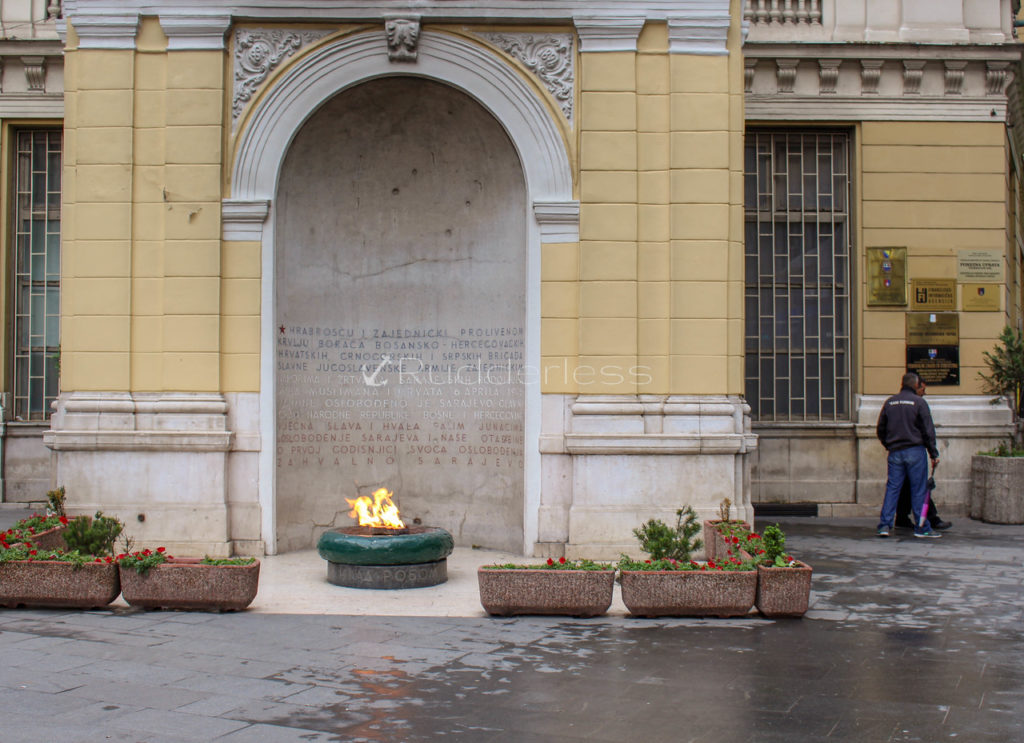
Day 2
Ajfelov Most | Skenderija Steel Bridge
The Skenderija Steel Bridge is a footbridge bridge that the people of Sarajevo commonly call “Eiffel’s Bridge. The erratic current of the Miljacka River constantly destroys Sarajevo’s wooden bridges so in 1893 the Austro-Hungarian administration rebuilt many of the wooden bridges as steel bridges which includes the Skenderija Bridge.
Legend has it that the bridge was designed by Alexandre Gustave Eiffel – the architect responsible for the design of the Eiffel Tower.
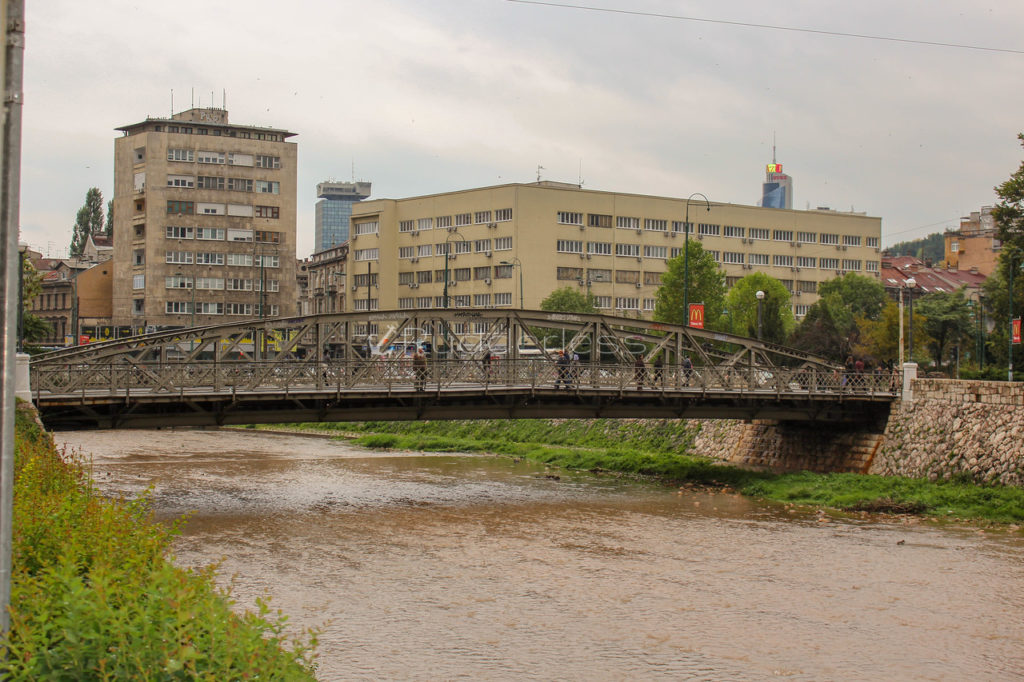
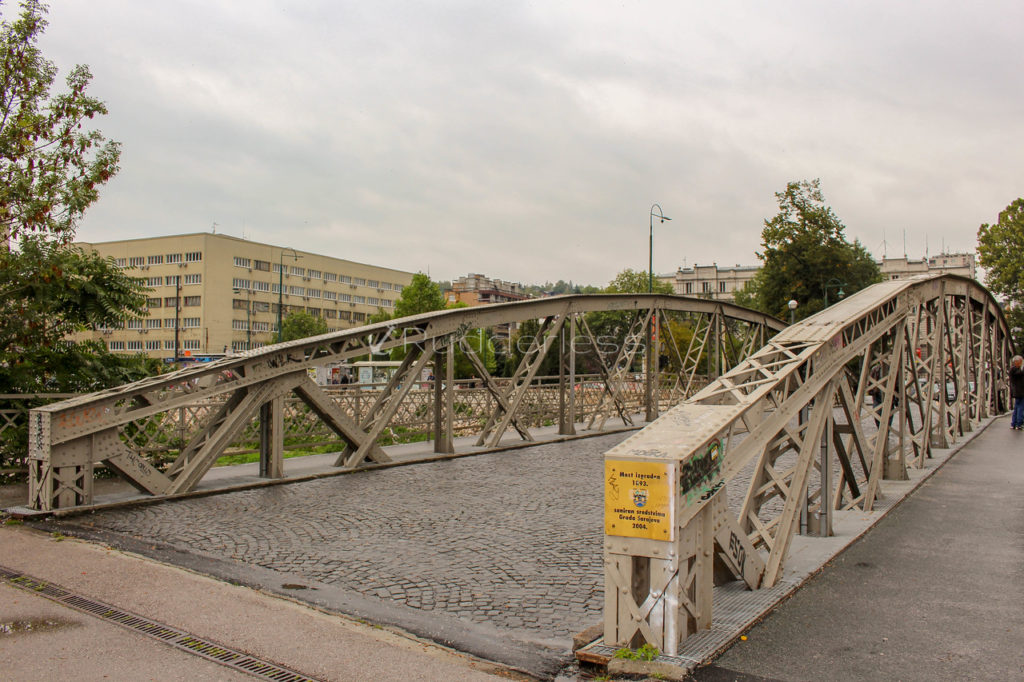
Festina Lente
Festina Lente is another popular footbridge of Sarajevo that connects the banks of the Miljacka River. The LED lighting illuminates the bridge. An inscription of the Latin phrase “Festina Lente”, which translates to “hurry slowly!” can be found at both ends of the bridge.
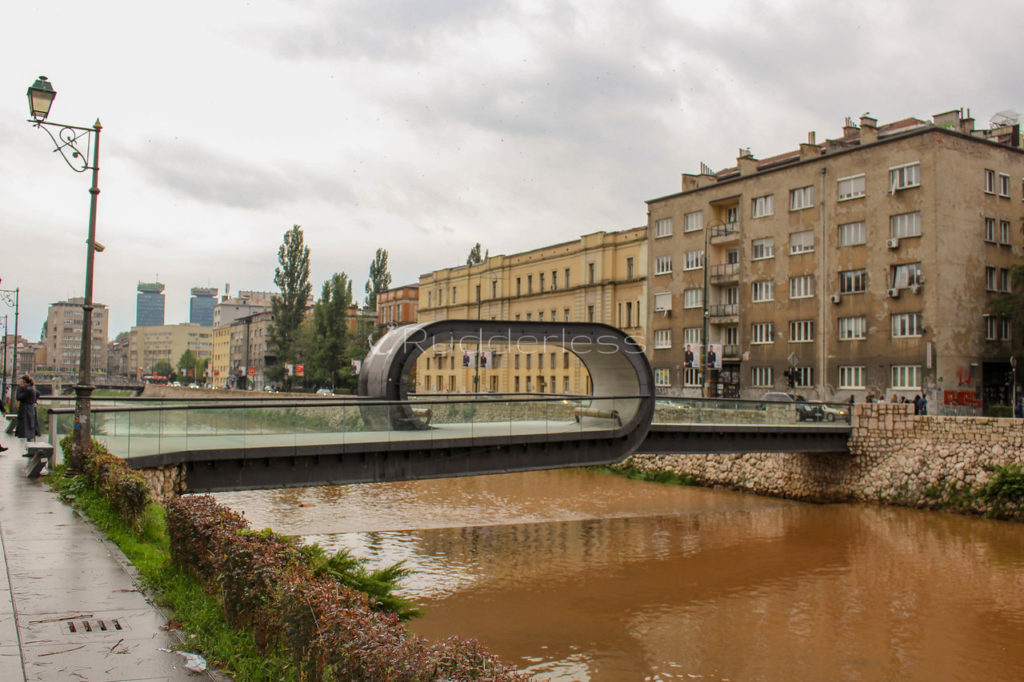
The Academy of Fine Arts Sarajevo
The Academy of Fine Arts in Sarajevo was established in 1972 by renowned artists and intellectuals. The Academy of Fine Arts, the primary focus is for educating artists in fine and visual arts, as well as education for those interested in becoming primary and secondary school teachers of the arts.
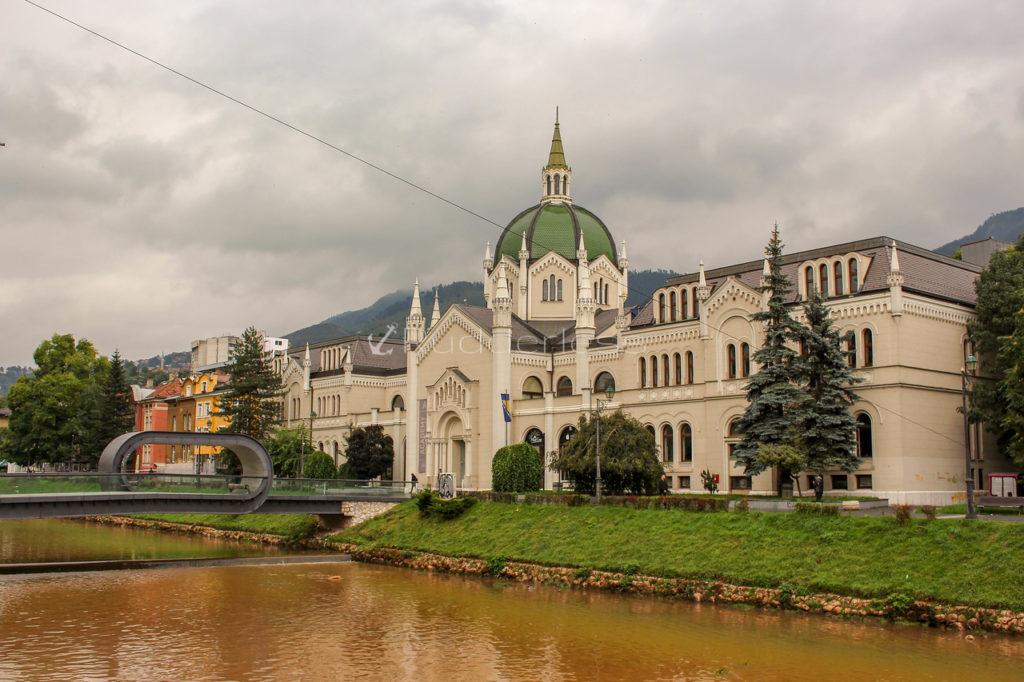
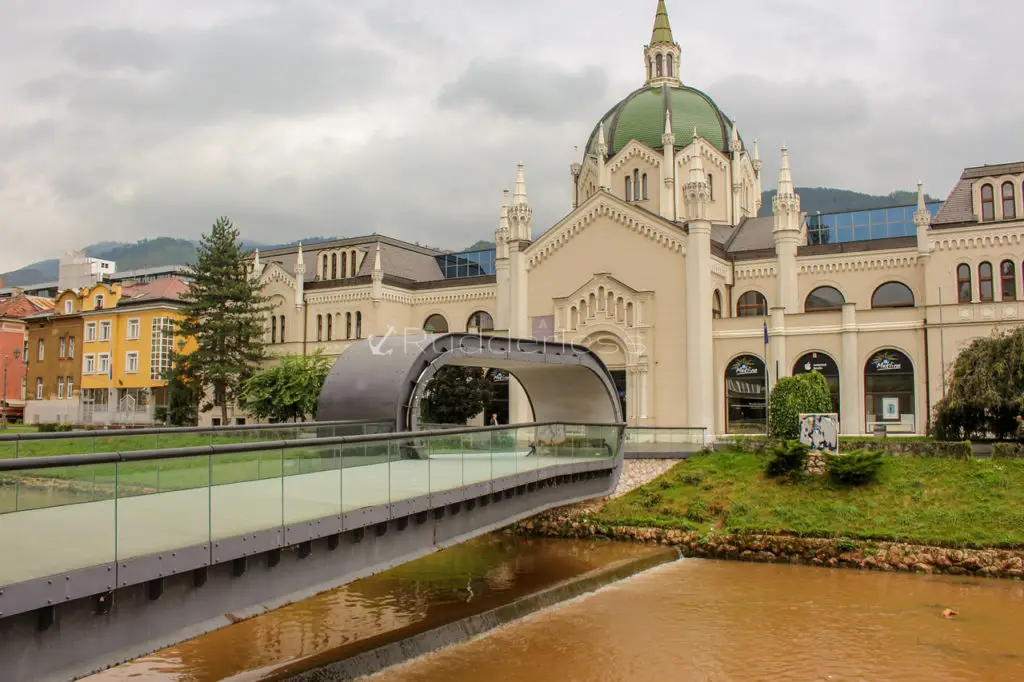
Despić House
The Despic House is a large and extravagant property that once belonged to one of Sarajevo’s wealthiest Orthodox Christian families – the Despic family. It currently belongs to the Museum of Sarajevo and was once one of the first venues for theatre performances.
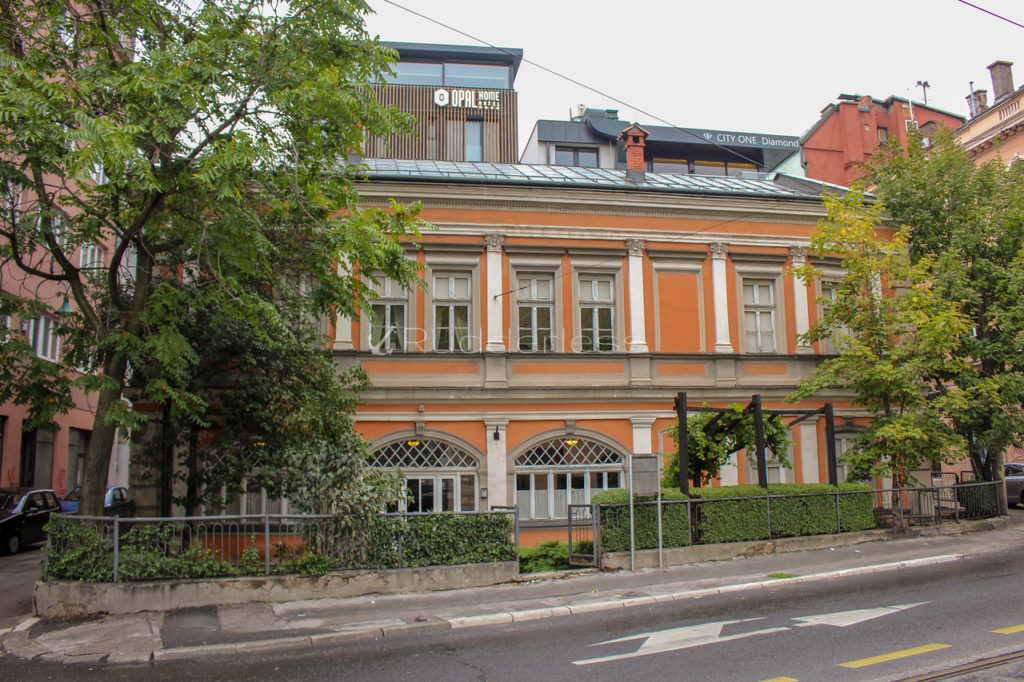
Latin Bridge
Like most bridges in Sarajevo, the Latin Bridge was another one of Sarajevo’s most used wooden bridges. The Latin Bridge was reconstructed as a stone bridge but eventually was washed away by a massive flood. In 1798, a wealthy Sarajevan trader, Abdulah Briga, donated funds for the bridge to be rebuilt in its modern form.
The Latin Bridge gets its name from the neighbourhood on the left bank of the Miljacka- Latinska.
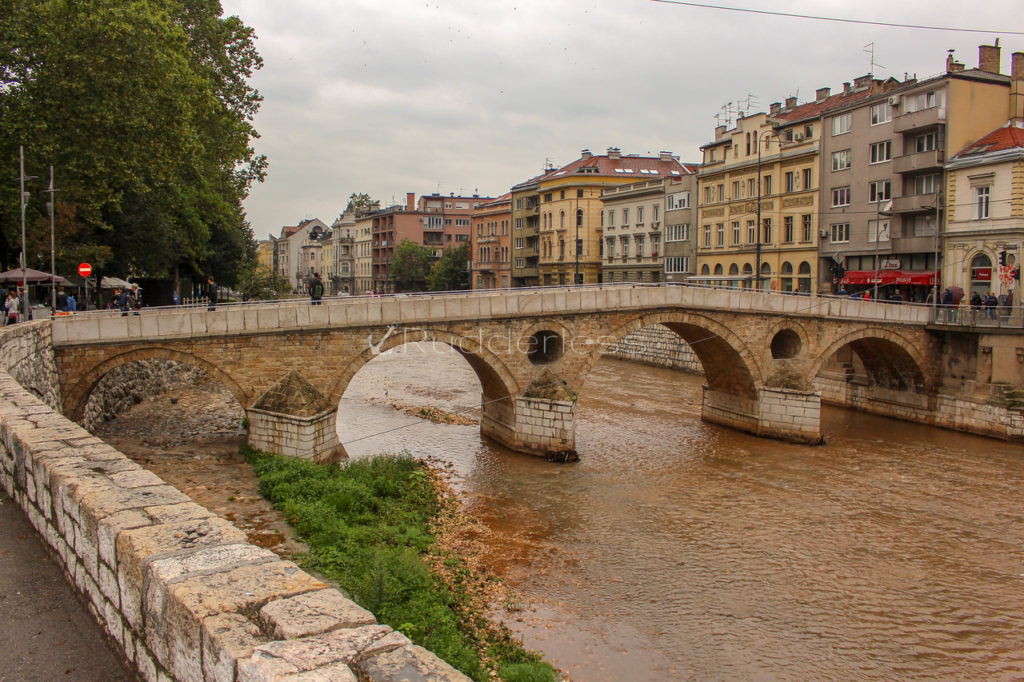
Emperor’s Mosque
The Emperor’s Mosque was built during the middle of the 14th century and was dedicated to Sultan Mehmed Fatih. The original mosque was destroyed during the early 16th century and a newer mosque was erected over the grounds of the old Emperor’s Mosque and dedicated to Sultan Süleyman the Lawgiver.
Its architectural style is in the fashion of classical Ottoman style and is widely considered as one of the most beautiful mosques in Bosnia and Herzegovina.
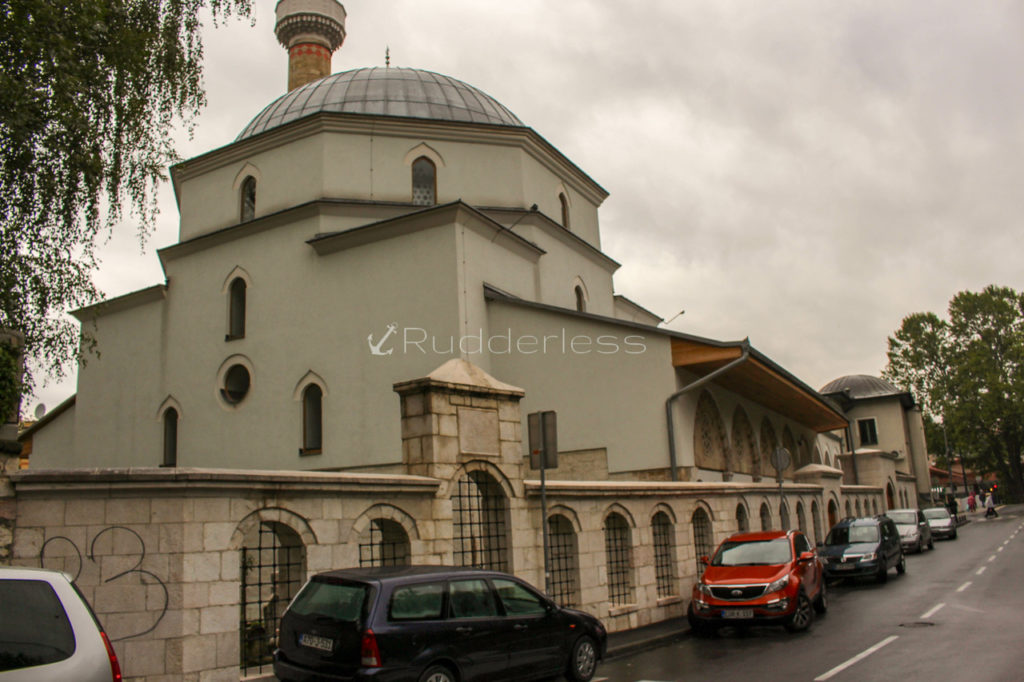
Church of Saint Anthony of Padua of Sarajevo
The original Church of Saint Anthony of Padua of Sarajevo was built in 1882 and was the sole Catholic church in Sarajevo. A newer church was constructed over the site of the original Church and opened to the masses in 1914.
A monastery was annexed to the Church and served as a Franciscan seminary from 1909 until 1968.
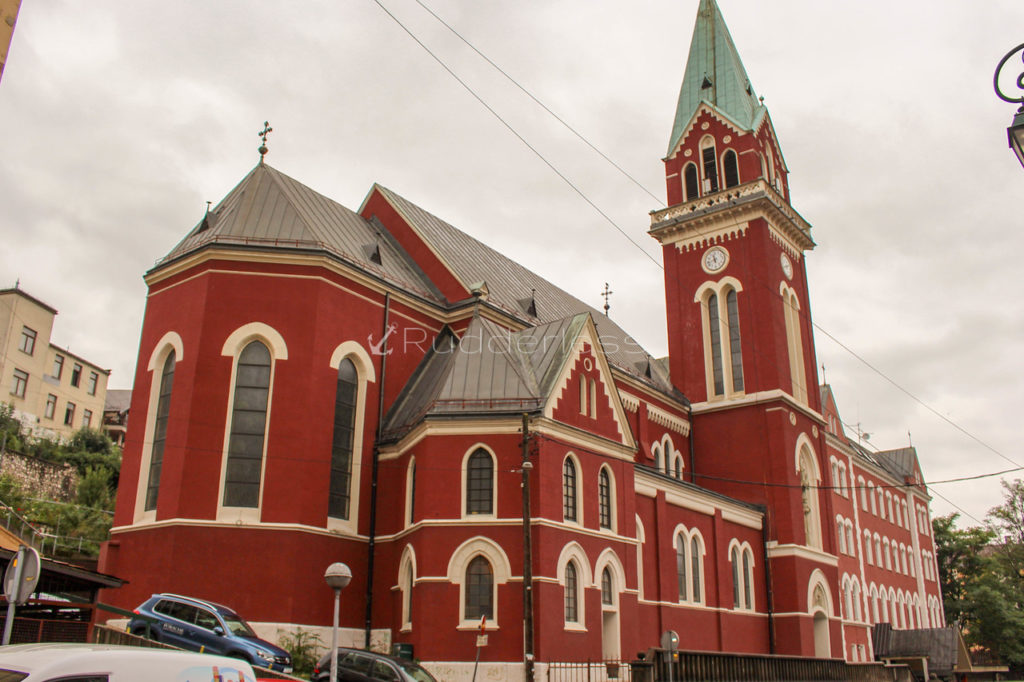
Sarajevo Brewery
The Sarajevo Brewery is the only European brewery whose production was not affected during the Ottoman Empire or during the Austro-Hungarian Monarchy. In addition, in 1907, the brewery became the largest brewery in the Austro-Hungarian Empire.
For those working at the Sarajevo Brewery and for the people of Sarajevo, the brewery not only celebrates Sarajevan beer-production but also Bosnian and Herzegovinian cultural heritage.
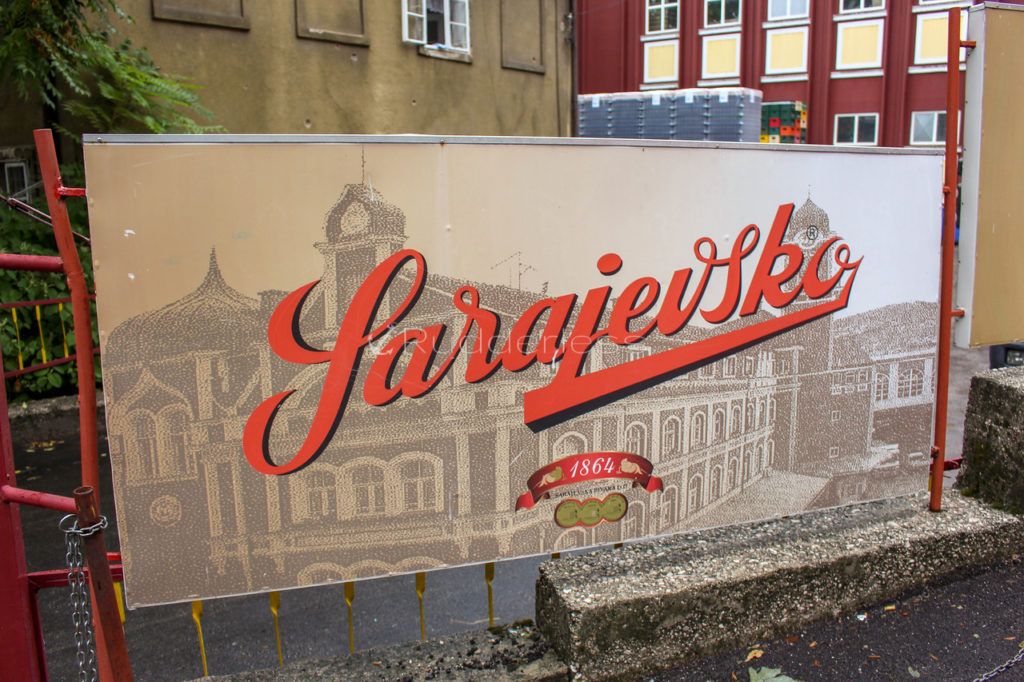
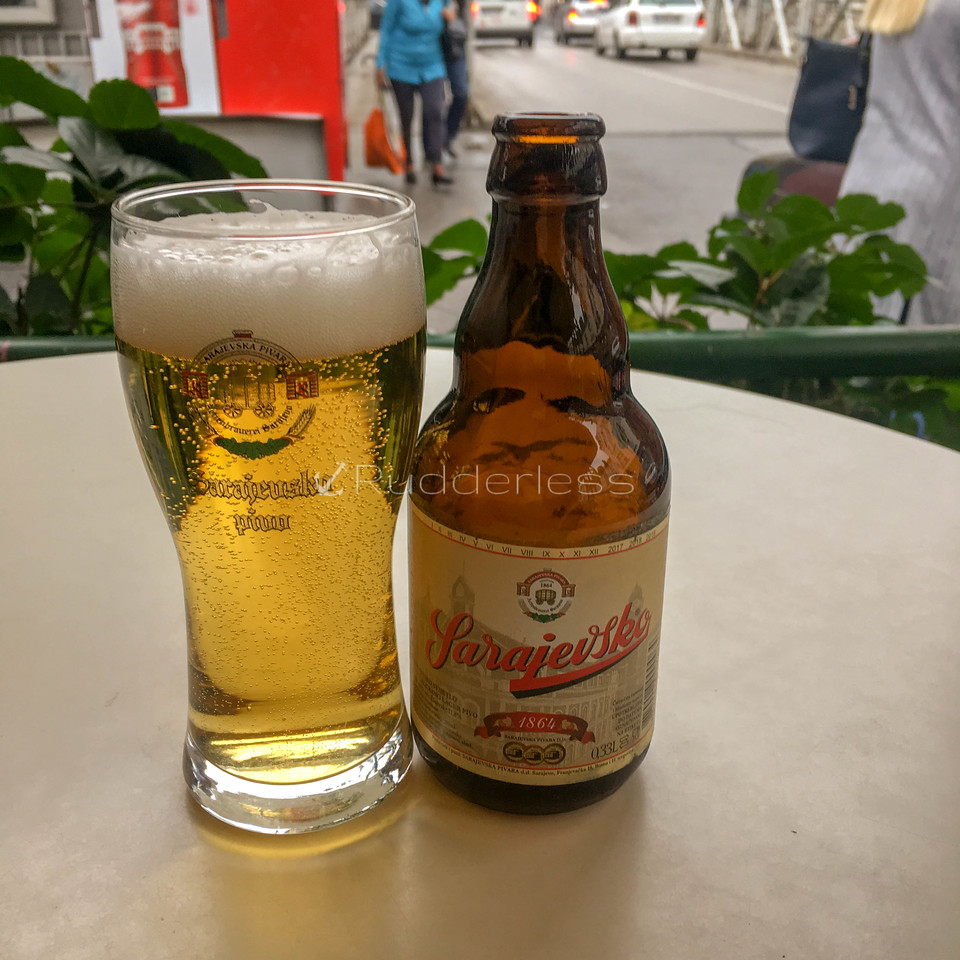
Šeher ćehaja Bridge
Šeher Ćehaja Bridge is one of four old, main bridges that cross the Miljacka River.
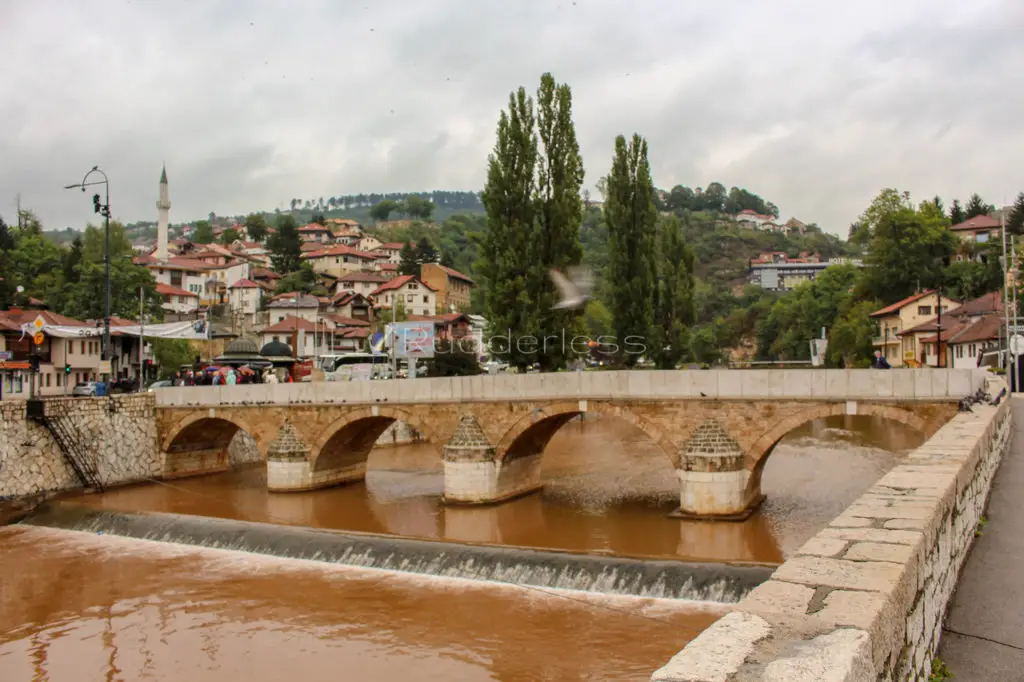
Sarajevo City Hall/ Vijećnica
Sarajevo City Hall, also known as Vijećnica, is an important cultural and historical landmark in Sarajevo. The building first opened on April 20, 1896, and was immediately received as a vital symbol of Sarajevo. Despite enduring extensive damage during the Bosnian War and shutting down in 1992, the Sarajevo City Hall was officially reopened in 2014.
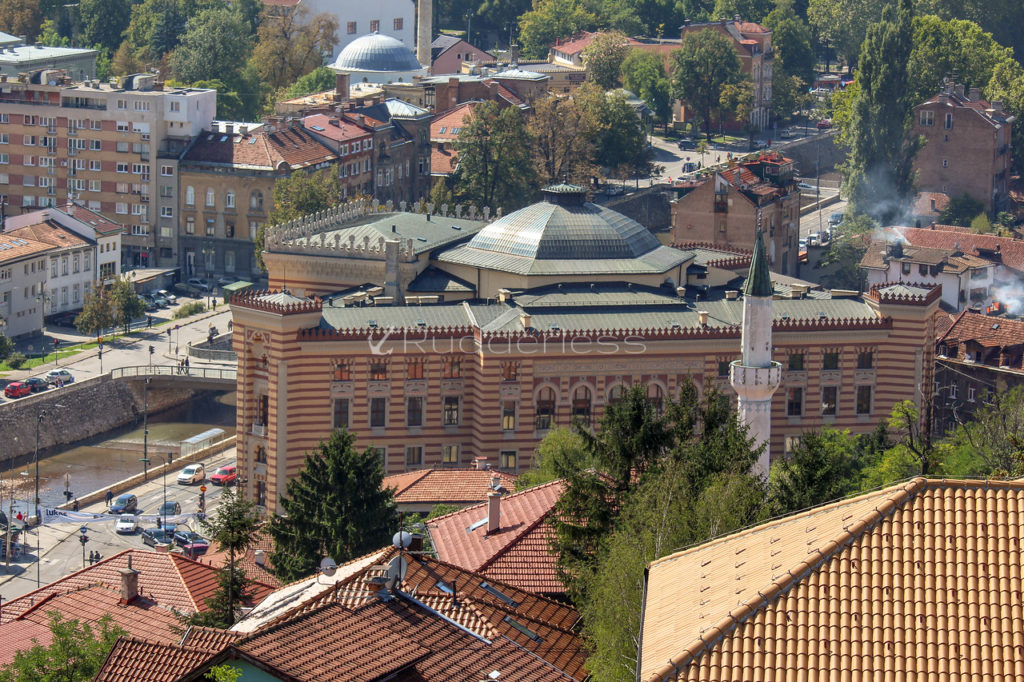
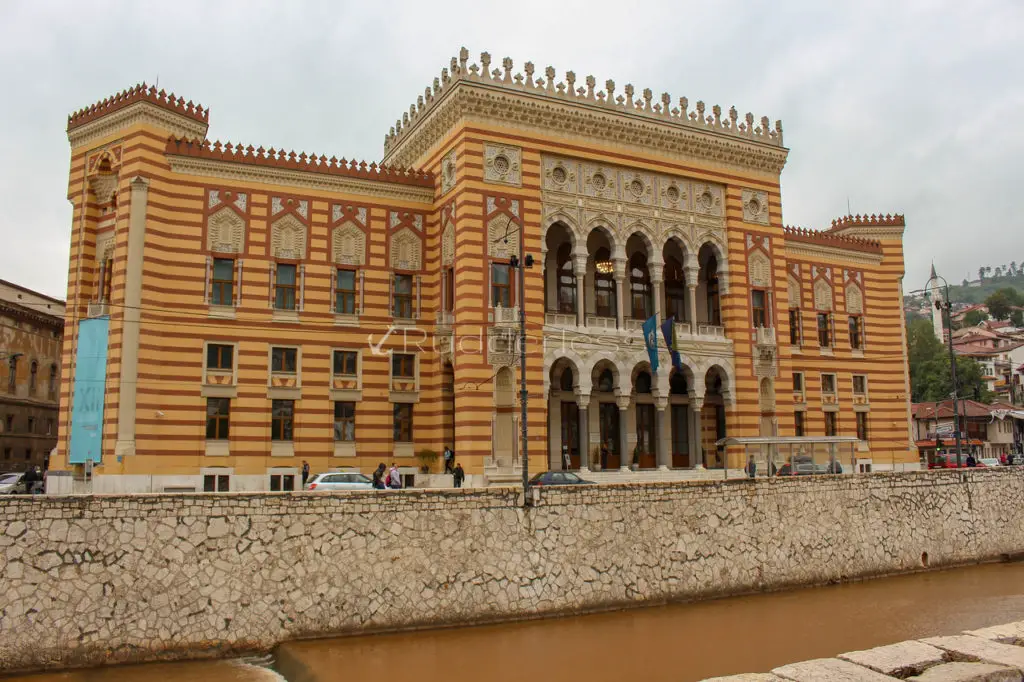
Memorijal Kovaci
The Memorial Kovaci is both a memorial ground and the main cemetery for soldiers from the Bosnian Army who lost their lives during the Bosnian War. The cemetery is located on a hill of Kovaci and is a serene setting for living to remember those who died.
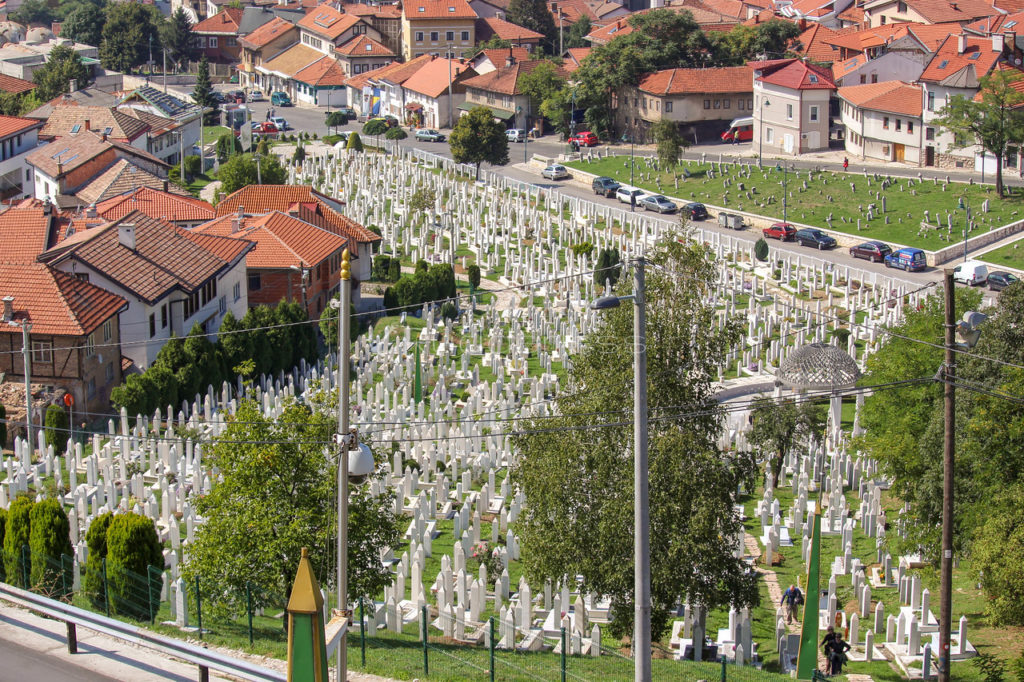
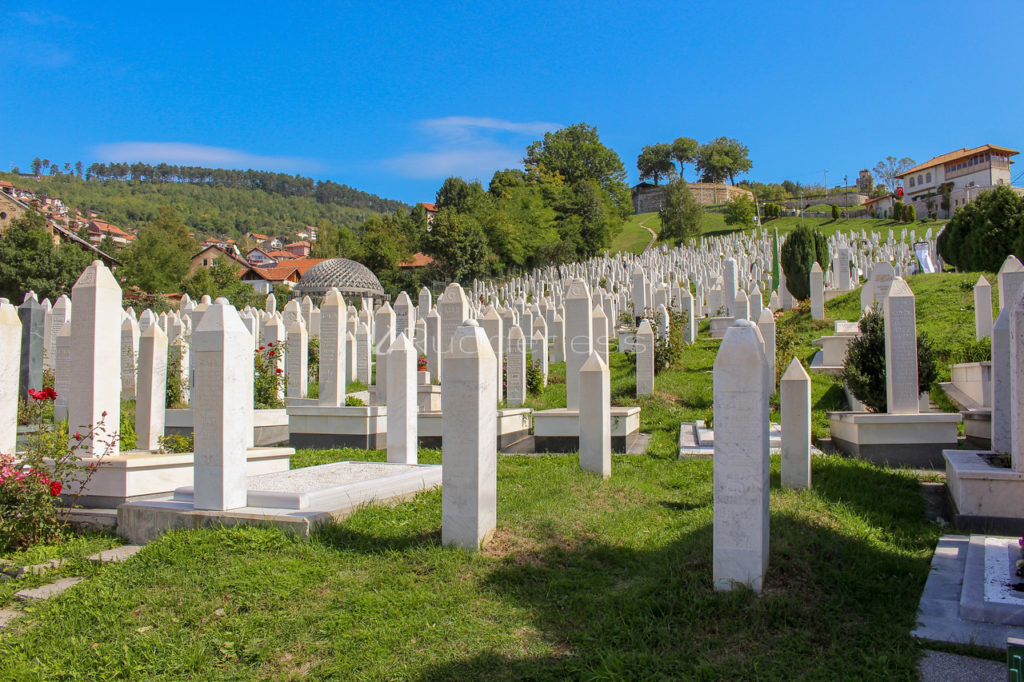
Yellow Bastion
The Yellow Bastion was constructed during the reign of the Ottoman Empire. It was originally built after Eugene of Savoy invaded Sarajevo in 1697. The Yellow Bastion is located on a cliff overlooking Sarajevo and offers one of the best vantage points and hikes of Sarajevo.
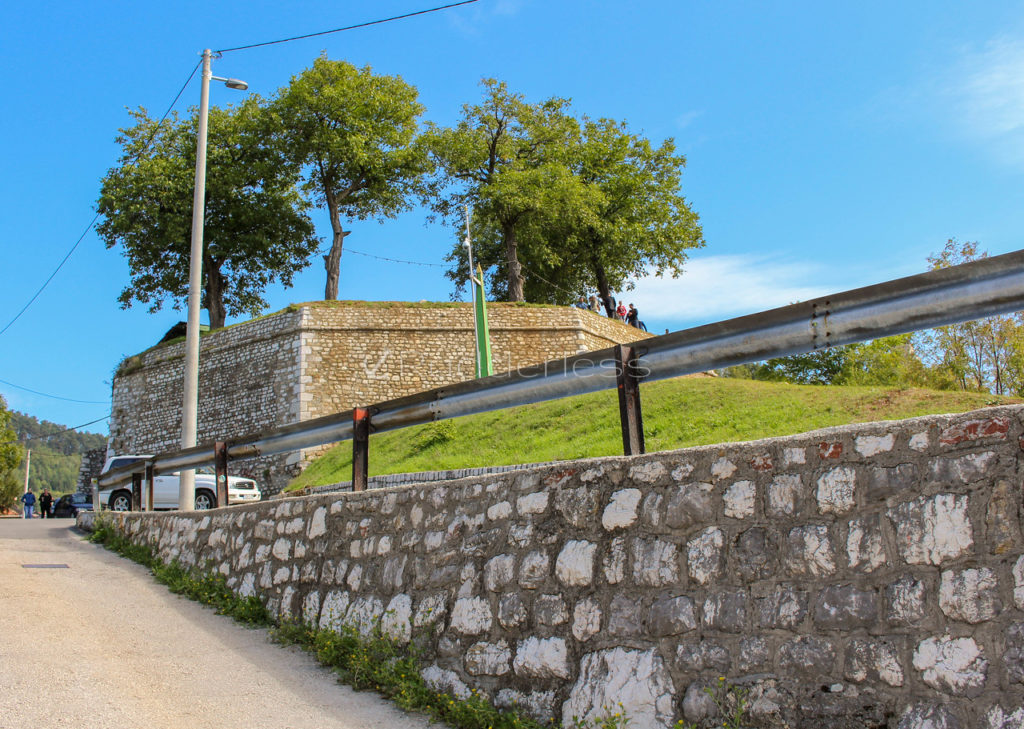
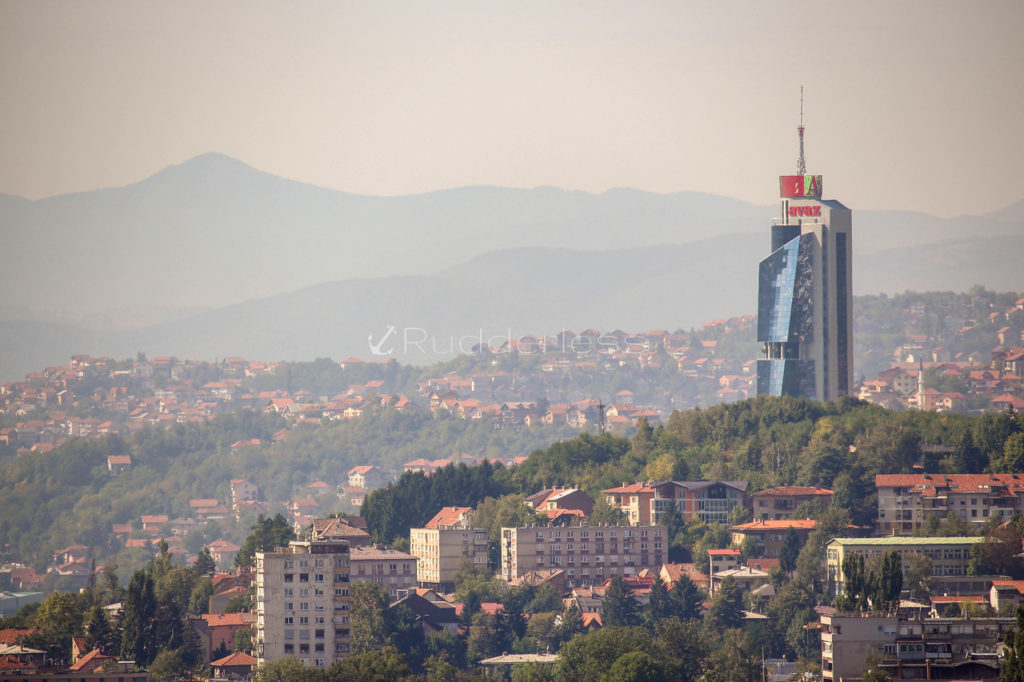
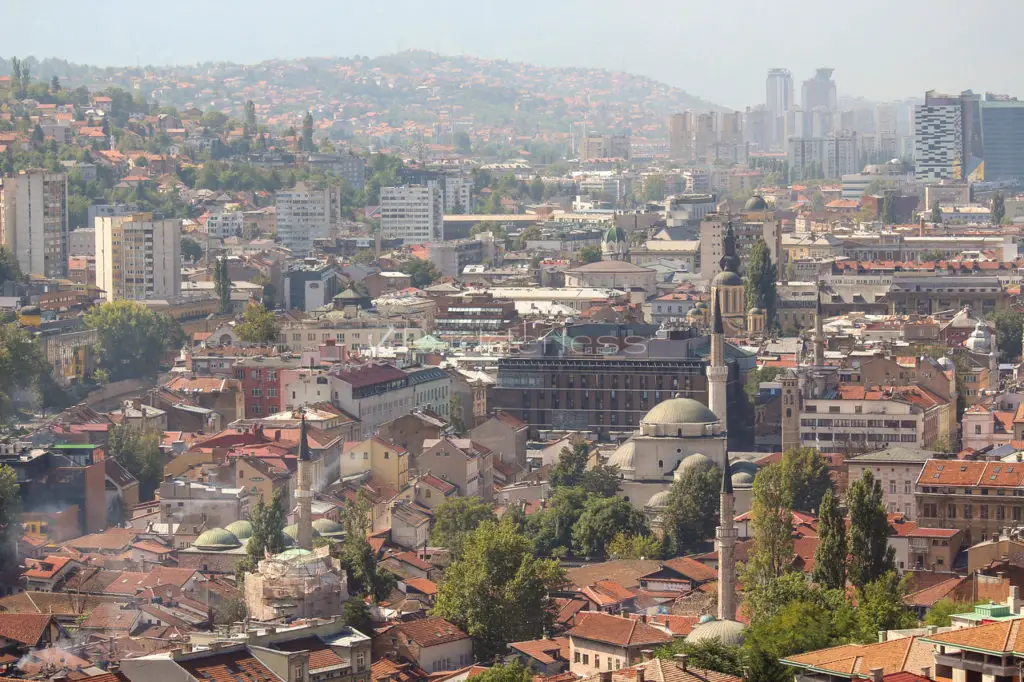
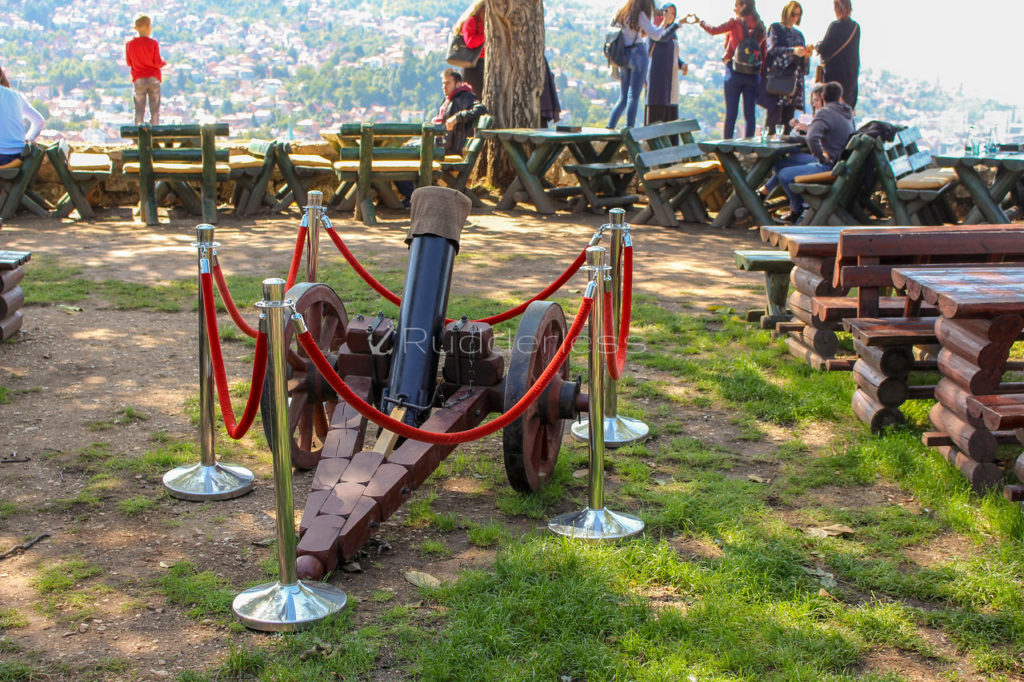
Pashaluk
Pashaluk is a family-owned restaurant/hookah that specializes in top-of-the-line Middle-Eastern cuisine. Pashaluk is the ideal place to meet up with friends for a bite and lounging.
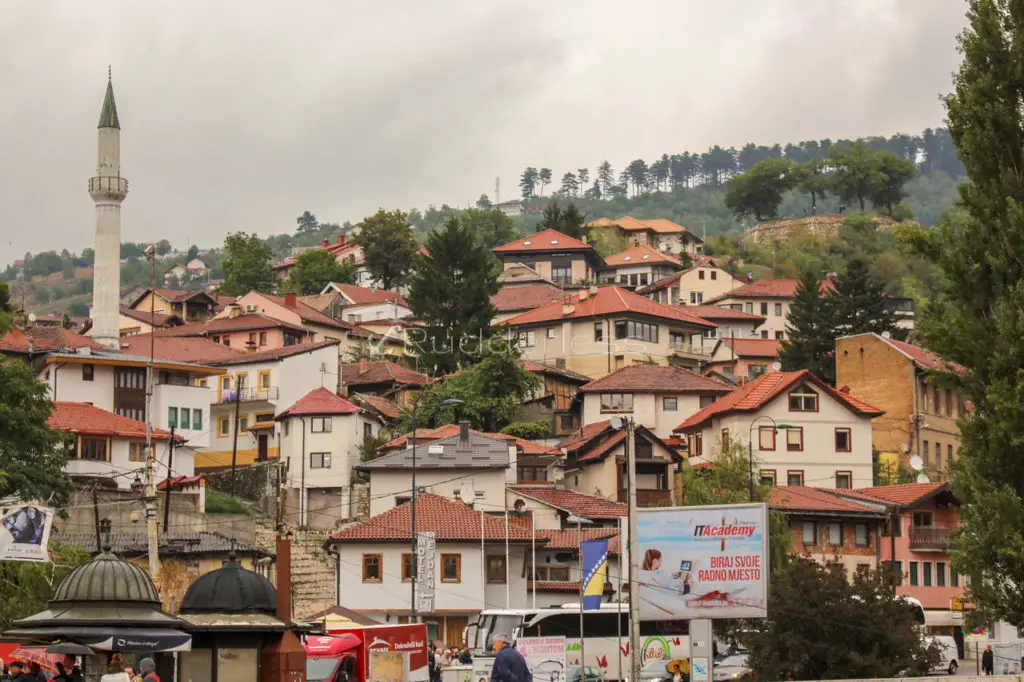
Make sure to subscribe to my YouTube channel to see all my latest videos!
I really love it when I am able to leave a city with a new understanding and appreciation. From the first-hand stories, my colleague would share with me stories and experiences Gordana has shared with me about this Yugoslavian war.
I will never be able to say I understand what people went through here.
While traces of the war still exist in buildings bearing bullet holes I see a city that has been rebuilt – nothing is forgotten and memorials as reminders are all around but the city has rebuilt.
If you have an extra day I highly recommend spending One Day In Mostar to see the beautiful Old Bridge.

